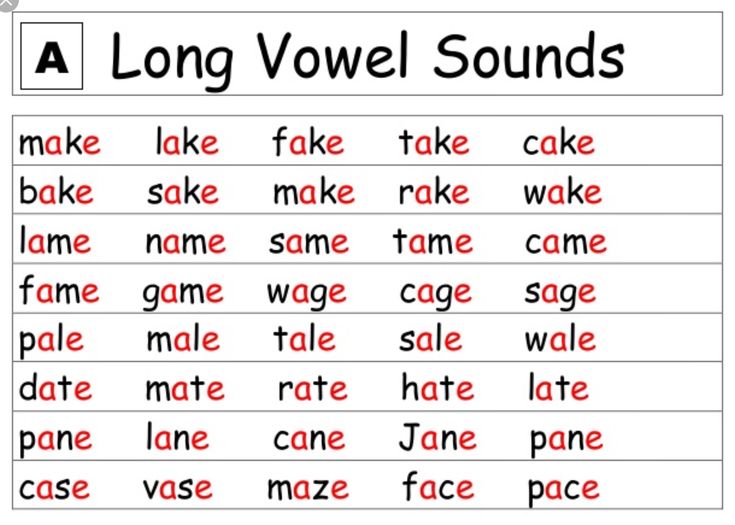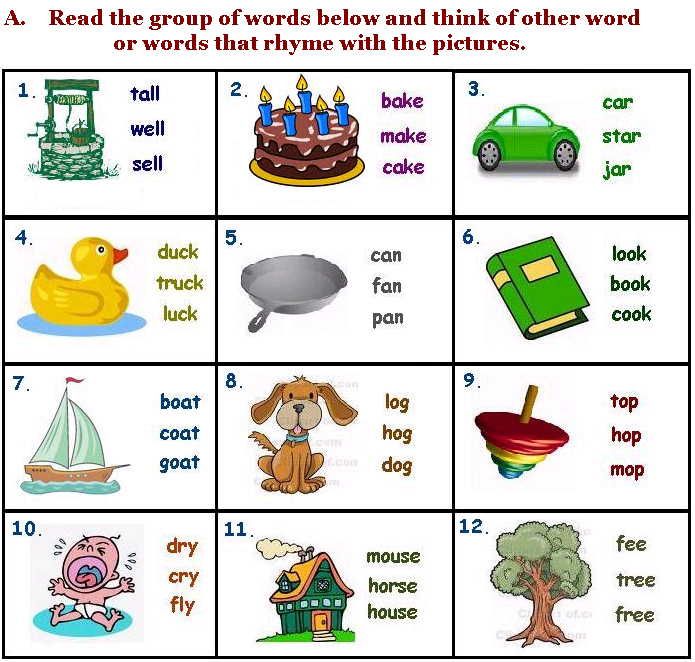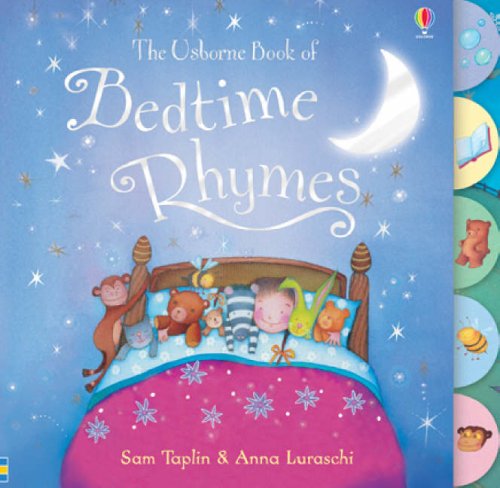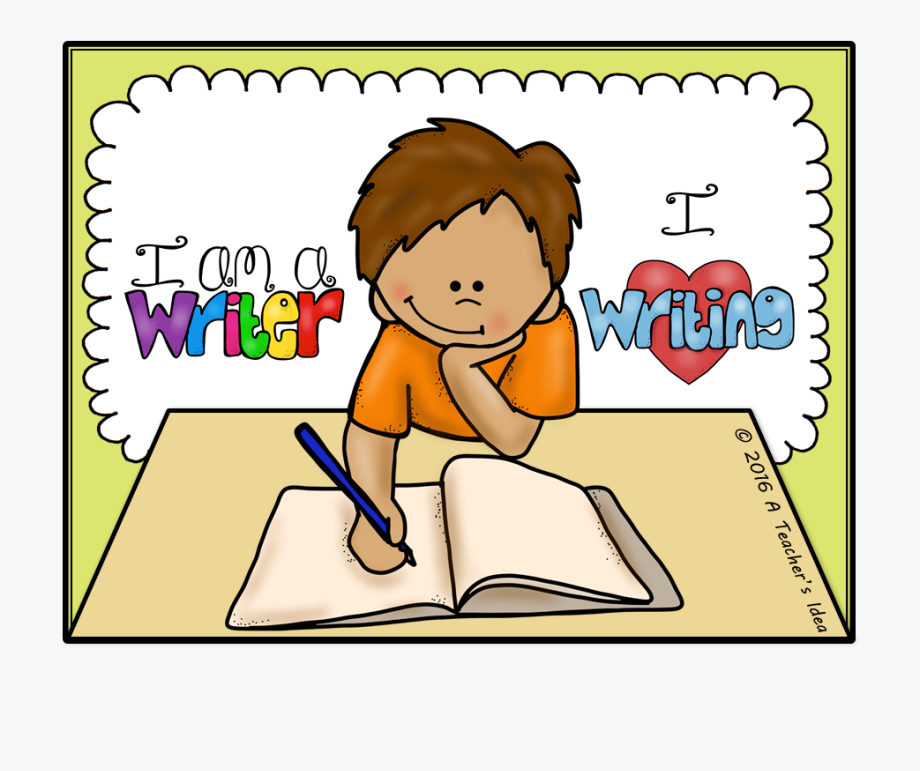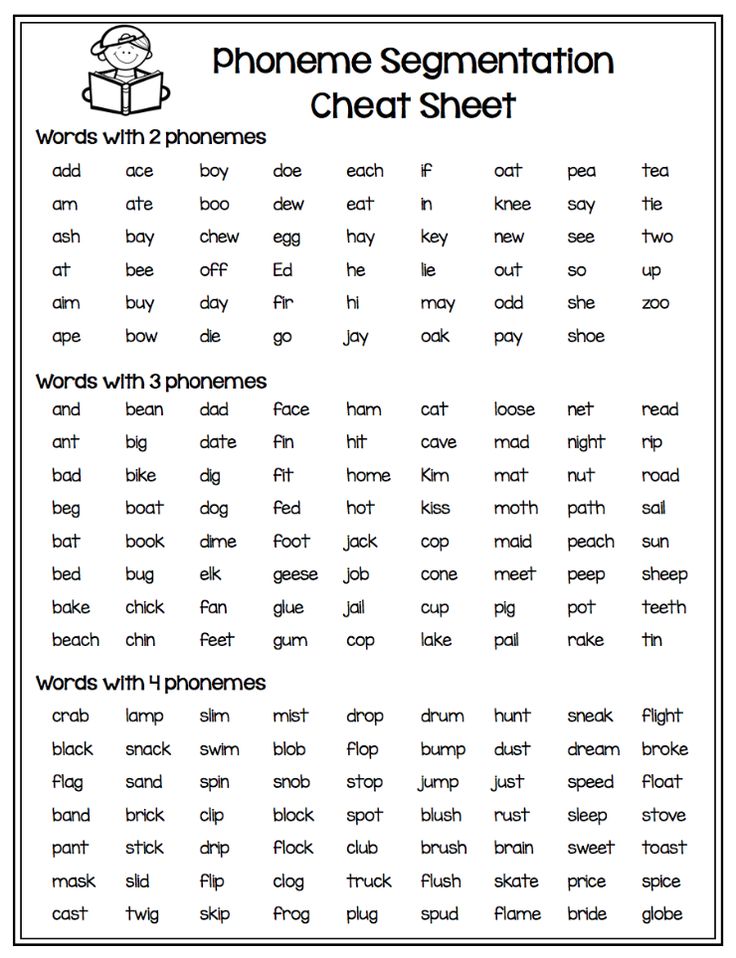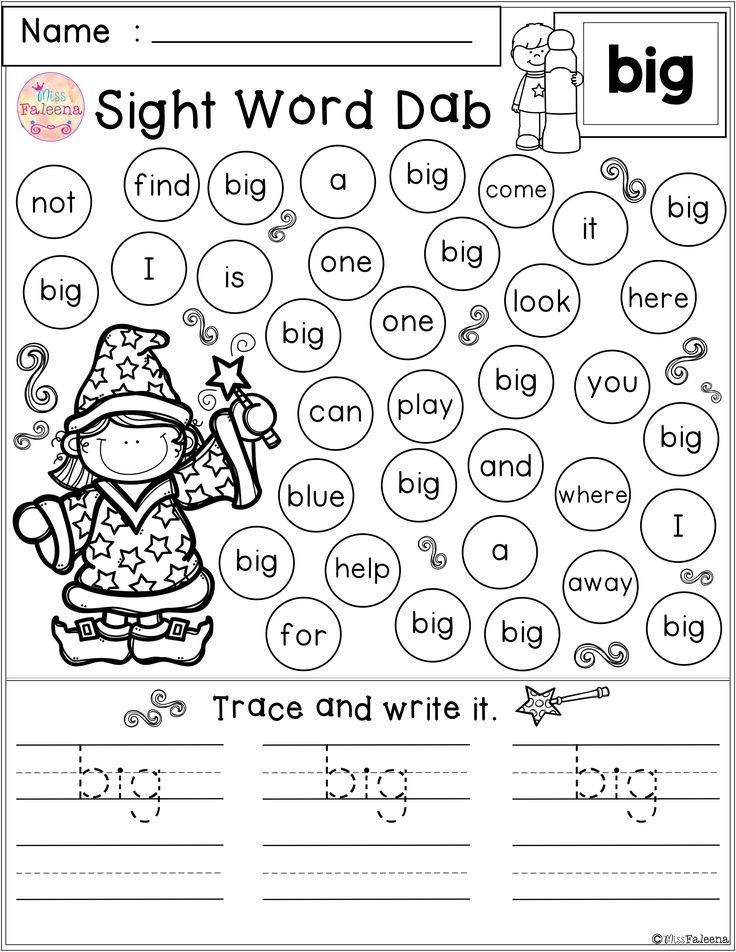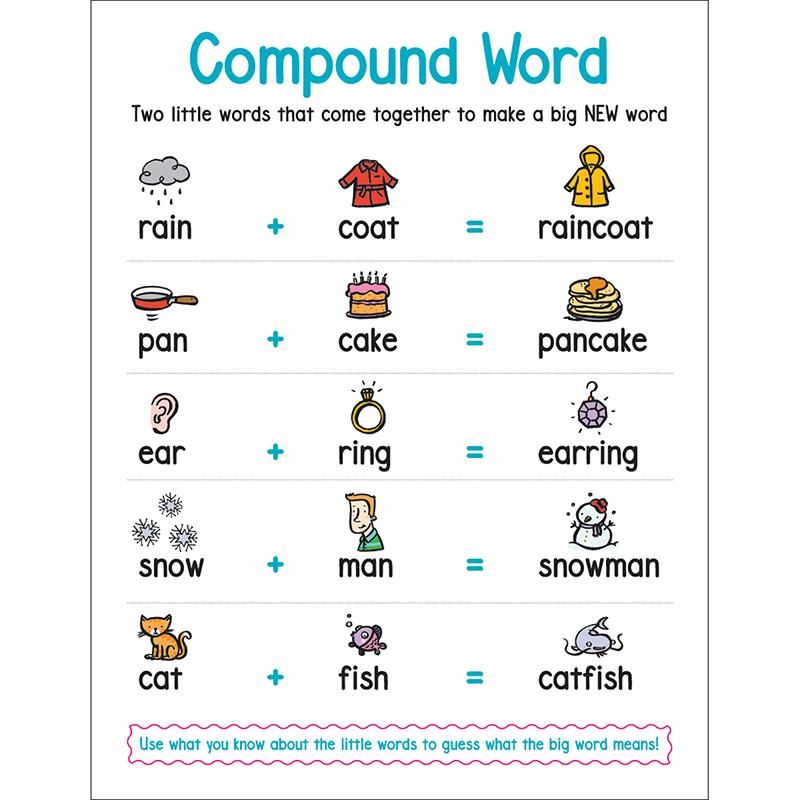Long vowels sounds examples
Long Vowel Sounds: Word Lists & Activities
Phonics | Spelling
ByDelilah Orpi
This post may contain affiliate links, and I will earn a commission if you purchase through these links. Please read the disclosure policy for more details.
Sharing is caring!
- Share
- Tweet
In this post, I’m breaking down long vowel sounds (or long vowel words) to help you teach them when working with struggling readers and spellers.
Looking for long vowel word lists? Download all 5 of my pdf long vowel sounds word lists in my freebies library by joining my email list below.
What is a long vowel sound?
Long vowel sounds are vowels that are pronounced the same as their name. You’ll often hear teachers say that long vowels “say their name”.
Long vowels are very common but they can be tricky because there are so many spellings for each long vowel sound.
There are actually 4 ways to make long vowel sounds:
- Vowels at the end of a syllable make the long sound.
For example, in the words me and halo (ha-lo) the vowels are all at the end of a syllable so they make the long sound.
- Silent e makes the previous vowel long. The words bike and phone have a silent e at the end that makes the previous vowel long.
- Vowel teams can make the long sound. Vowel teams work together to make one sound, and usually, it’s a long vowel sound. For example, boat and meat both have vowel teams that make the long sound.
- I or O can be long when they come before two consonants. In words like cold and mind, i and o make a long vowel sound.
Long Vowel Words
Long vowel sound words are words that have vowels that say their name.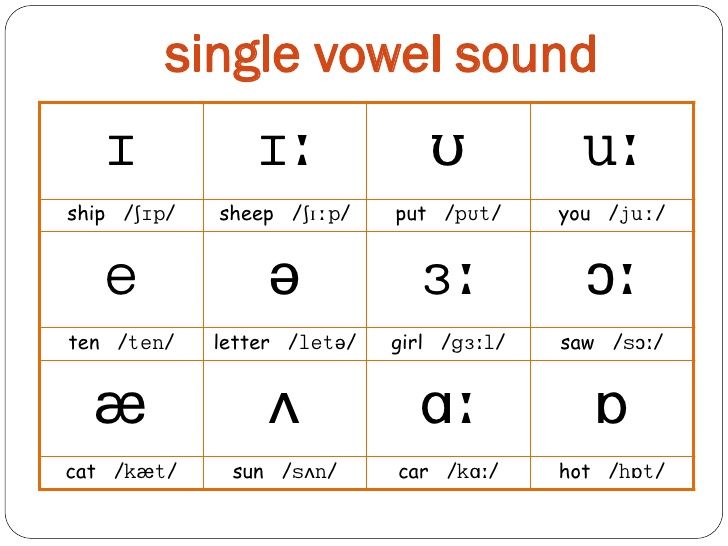 Below are a few examples:
Below are a few examples:
- Long a – baby, cake, rain, day, they, weigh
- Long e – me, eve, hear, meet, piece, candy
- Long i – silent, bike, light, my
- Long o – go, home, toe, boat, snow
- Long u – music, mule, pew, feud
Long A Sound
The long a sound can be represented by 8 different spelling patterns:
- a – baby
- a_e – cake
- ai – rain
- ay – play
- ei – reindeer
- eigh – weight
- ea – steak
- ey – they
Learn more about teaching the long a sound here, and check out my Long A Words Activities & Worksheets for printable activities.
Long E Sound
The long e sound can be represented by 8 different spelling patterns:
- e – be
- e_e – eve
- ee – meet
- ea – beach
- ei – protein
- ie – piece
- ey – key
- y – candy
For ideas, tips, and tricks when teaching the long e sound, read this post all about teaching the long e vowel sound, and check out my Long E Words Activities & Worksheets
for printable activities.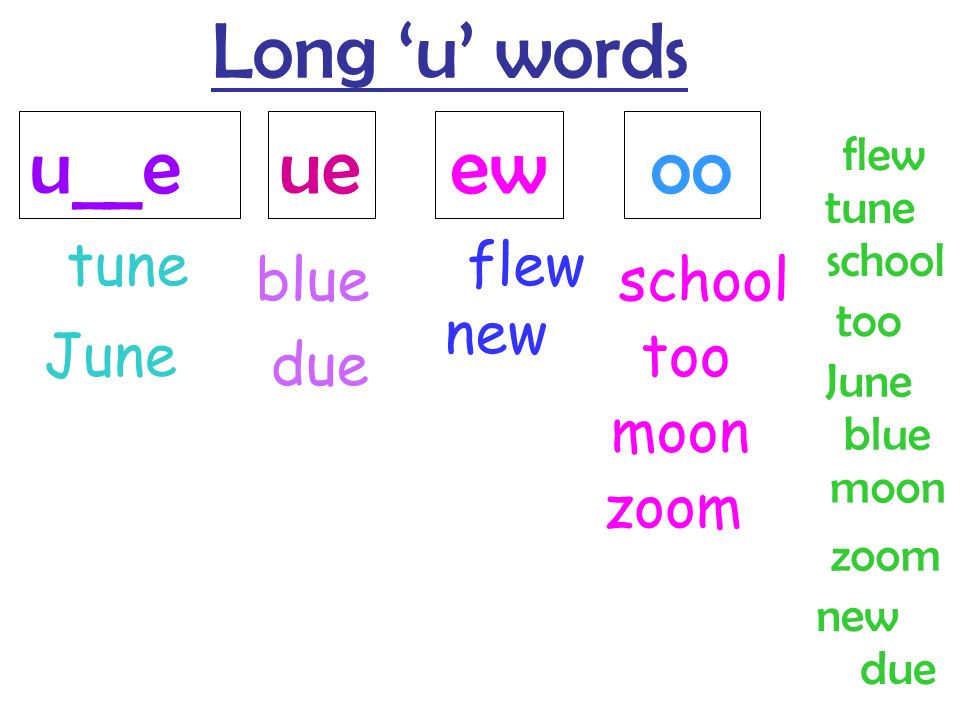
Long I Sound
The long i sound can be represented by 6 different spelling patterns:
- i – silent
- i_e – shine
- ie – pie
- igh – light
- y – my
- y_e – type
You can learn more about teaching the long I sound in this post. And check out my Long I Worksheets set in my shop for printable activities on the long i sound.
Long O Sound
The long o sound can be represented by 5 different spelling patterns:
- o – go
- o_e – phone
- oe – toe
- oa – boat
- ow – snow
You can learn more about teaching long o words and check out my long o worksheets.
Long U Sound
The long u has two sounds: yoo (/y/ /oo/) and oo (/oo/).
The long u sound can be represented by 7 different spelling patterns:
- u – music
- u_e – mule
- ue – rescue
- eu – feud
- ew – few
- oo – food
- ou – soup
Learn more about teaching the long u sound here.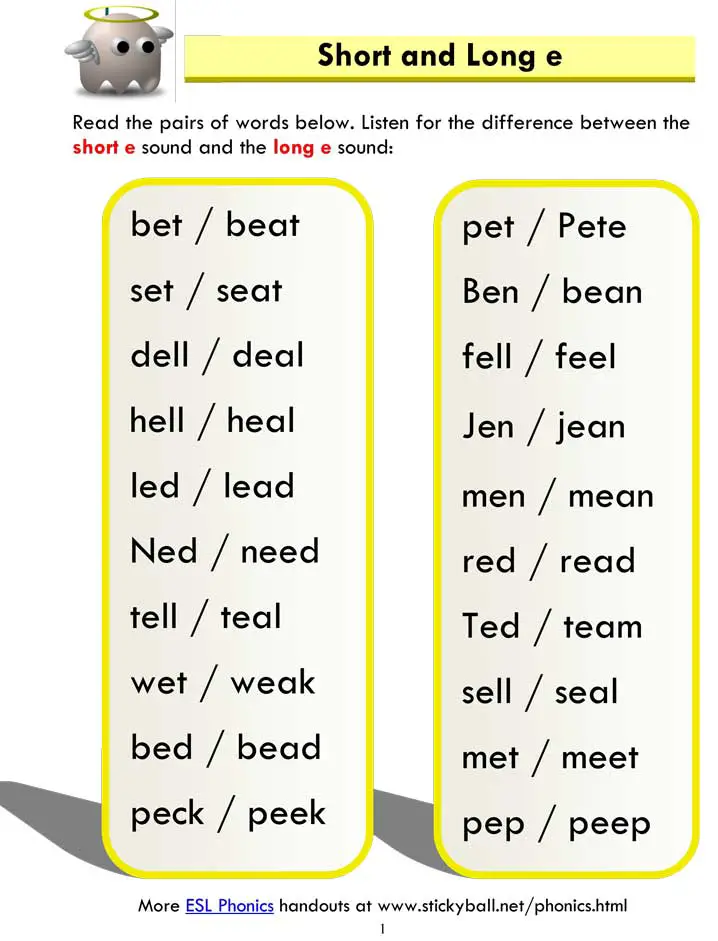
Tips for teaching the long vowel sounds
Teach one spelling pattern at a time!
I don’t mean one vowel sound, but just one spelling pattern. So for example, if you’re working on long a, you would work on the spelling pattern a silent e (cake, same, cave) until students have mastered it, then move on to ai, and so on. You should not be teaching multiple spelling patterns together, even though they make the same sound.
I know that most programs out there combine all the long vowel sound spelling patterns into one lesson, especially in spelling lists, but this does not work for struggling readers. You need to break it down for them and only do one at a time.
Teach the syllable types.
Because syllables have a lot to do with whether vowels make the short or long sound, if students do not already know the 6 syllable types then teach them along with the long vowel sound.
Here are resources for each syllable type:
- closed syllable
- open syllable
- final silent e syllable
- vowel team syllable
- r combination syllable
- consonant le syllable
Use a variety of activities to practice each spelling pattern.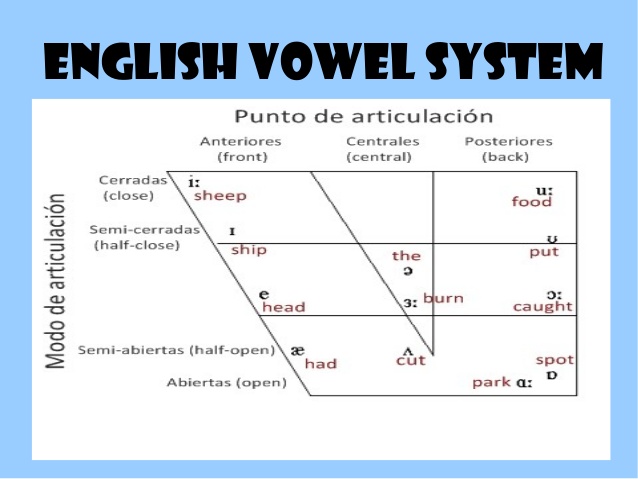
Games, dictation, word sorts, memory or matching with flashcards, word hunts, textured writing, body spelling, and bingo are all fun ways to practice the long vowel sounds.
The main activity that is often overlooked is dictation. It seems so simple but the task involves listening to a word, deciding on the spelling, and transferring that info to written form. These are all skills that struggling readers need to practice.
Teach the spelling generalizations.
Some of the long vowel spelling patterns are spelling rules that make it easy to remember.
For example, ai is usually found at the beginning or middle of a syllable, and ay is usually found at the end of a syllable. [Examples: rain, aim, play, daytime]
Here is another example with long o: oa is usually found at the beginning or middle of a word, and ow is usually found at the end. [Examples: boat, coach, snow]
Long Vowel Word List
I made these word lists to help teach the long vowels. I find it handy to have these on hand when playing phonics games or planning activities for long vowel lessons.
I find it handy to have these on hand when playing phonics games or planning activities for long vowel lessons.
Grab them for free below!
Visit my Teachers Pay Teachers shop to see all my literacy products.Want to remember this? Save Long Vowel Sounds: Word Lists & Activities to your favorite Pinterest board!
Sharing is caring!
- Share
- Tweet
Delilah Orpi
Delilah Orpi is the owner and founder of Thrive Literacy Corner. She has a Bachelor's degree in Special Education, a Master's degree in TESOL, and is a member of the International Dyslexia Association. She is an experienced educator and literacy specialist trained in Orton Gillingham and Lindamood Bell. Delilah creates literacy resources for educators and parents and writes to create awareness about dyslexia and effective literacy instruction based on the science of reading.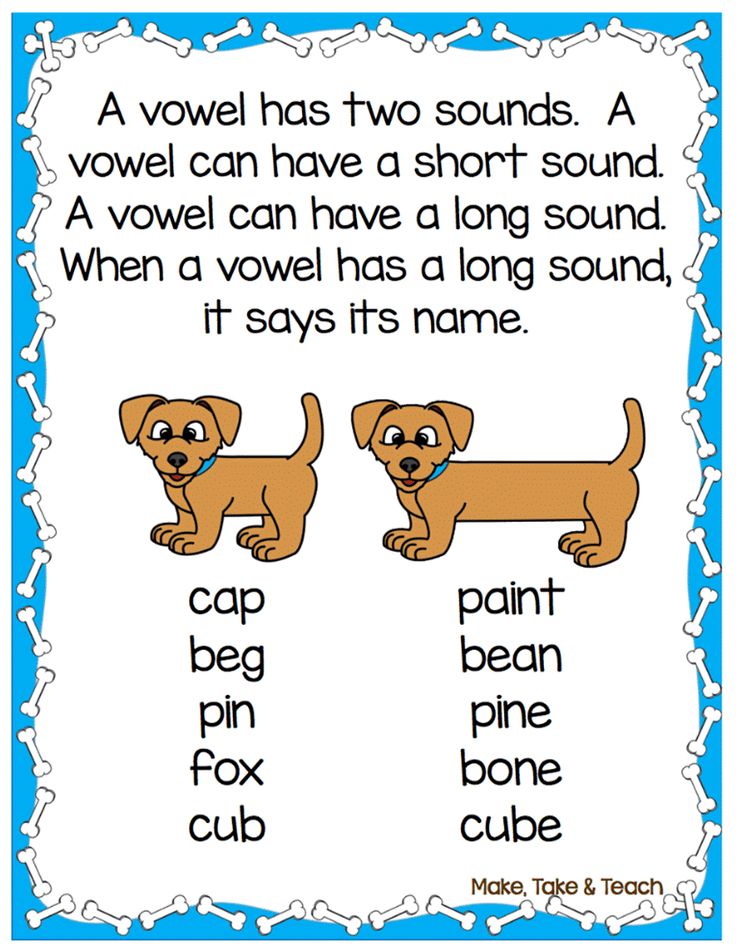
Similar Posts
Phonics
Phonics, Phonemic Awareness, and Phonological Awareness: The Ultimate Guide
ByDelilah Orpi
When it comes to teaching reading, phonics is definitely one of the most important aspects. But what’s the difference between phonics, phonemic awareness, and phonological awareness? And what do each of these terms mean for your students? This guide will break it all down for you! What Is Phonological Awareness? Phonological awareness is the ability…
Read More Phonics, Phonemic Awareness, and Phonological Awareness: The Ultimate GuideContinue
Parents | Phonics
How to Teach Phoneme Segmentation
ByDelilah Orpi
Phoneme segmentation is a foundational skill for reading and writing. It’s important to start teaching phoneme segmentation skills early so children can develop this skill before it becomes more difficult to learn. Mastering phoneme segmentation helps readers break apart sounds in a word, blend them together, and read! Here are five activities you can do…
It’s important to start teaching phoneme segmentation skills early so children can develop this skill before it becomes more difficult to learn. Mastering phoneme segmentation helps readers break apart sounds in a word, blend them together, and read! Here are five activities you can do…
Read More How to Teach Phoneme SegmentationContinue
Phonics | Reading Comprehension | Spelling
Highly Effective Dyslexia Interventions and Programs
ByDelilah Orpi
With dyslexia being estimated as occurring in 1 out of 5 students in a typical classroom, you might be looking for some effective dyslexia interventions and programs. Before explaining strategies you can use to help dyslexic students, you should really understand dyslexia. It is a language-based learning disability that will require a multisensory, structured language…
Read More Highly Effective Dyslexia Interventions and ProgramsContinue
Phonics | Spelling
How To Teach The Long O Sound
ByDelilah Orpi
Long O can be a tricky sound to teach because there are a few different ways to spell it.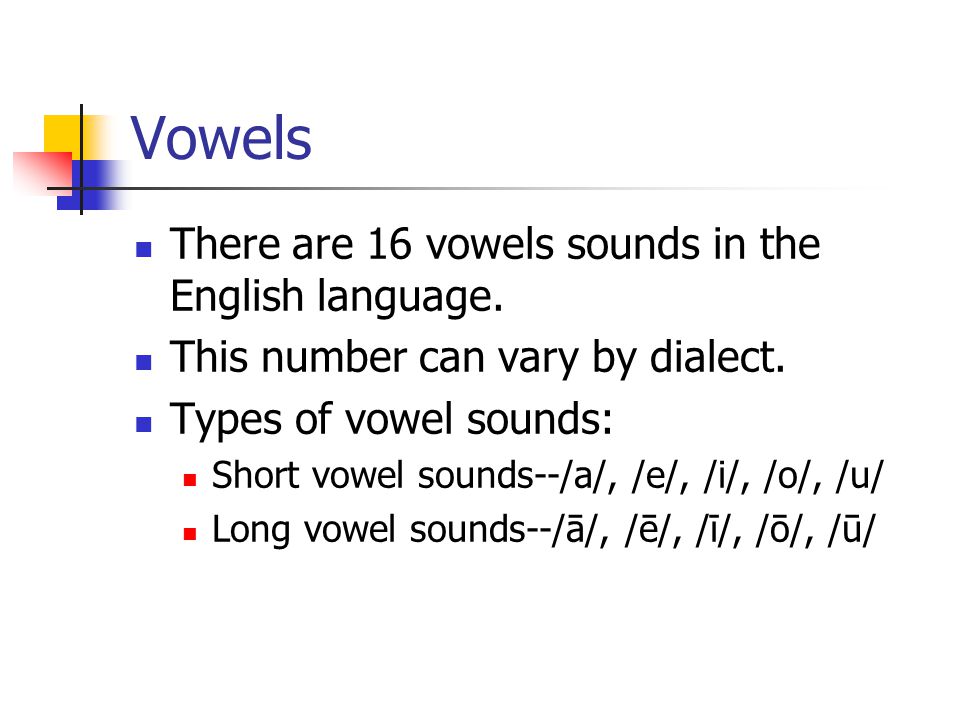 But I’m breaking down how you can easily teach this sound and all its spelling patterns. Plus, I got you covered with my free Long O Words List. You can download the list pictured by signing…
But I’m breaking down how you can easily teach this sound and all its spelling patterns. Plus, I got you covered with my free Long O Words List. You can download the list pictured by signing…
Read More How To Teach The Long O SoundContinue
Examples of Long Vowel Words
A long vowel is a vowel sound that is pronounced the same way as the name of the letter itself. For example, the long U sound is pronounced like "yoo," as would be the case in words like "lure" and "tube." By contrast, the short U sound is pronounced more like "uh," as in words like "cub" and "tub."
Long vowel words, then, are words that contain a long vowel sound. It's important to note that the spelling of a word and the way it sounds don't always match up so perfectly. Words like "few" and "beauty" also contain the long U sound. Similarly, the long A sound in "bake" and "gate" can also be spelled like "ay" (as in "pay") or "ai" (as in "paid"), among other variations.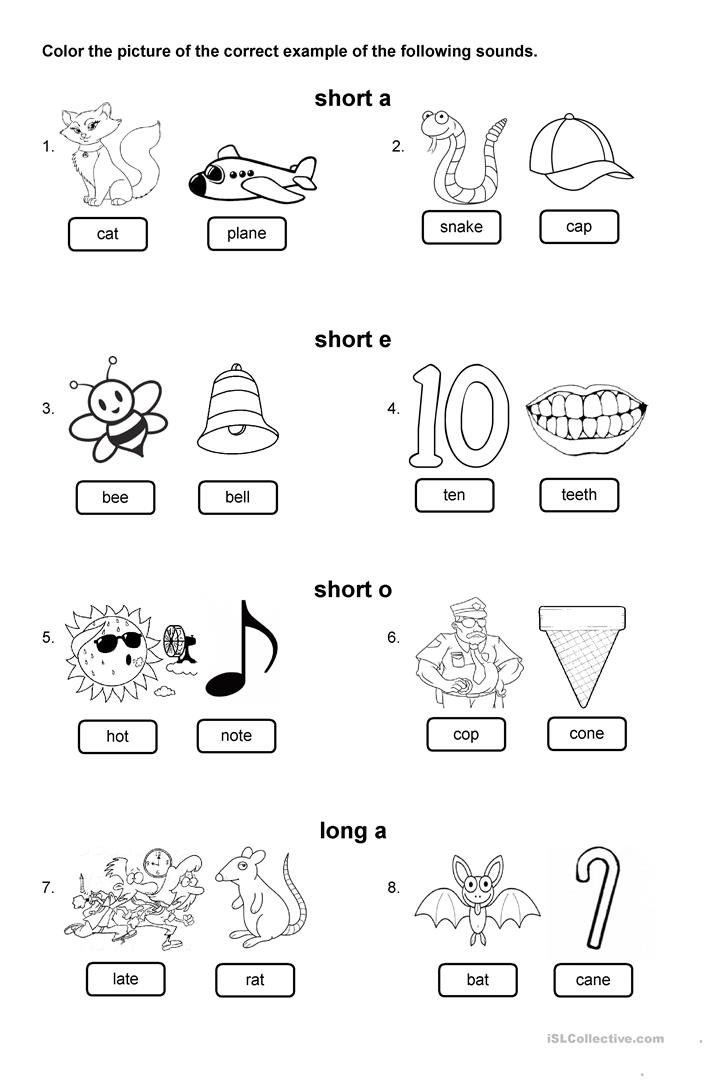
To understand this further, let's look at some more examples of long vowel words.
Advertisement
Long Vowel Words Chart
Now that you understand long vowels, check out this Vowel Words chart to find vowels with each of the long vowel pronounciation sounds:
View & Download PDF
Long Vowel Words in Sentences
A great way to understand how long vowel words work is to see them in action in full sentences.
Advertisement
Long A Words
The long A sound is featured in the words in bold.
- Can you bake me a cake?
- There's no way I'm going to pay for that.
- At this rate, they'll never come home.
- Jenny does it for the fame and fortune.
- Did you hear about the raid on the executive's office?
Long E Words
The long E sound is featured in the words in bold.
- To be or not to be.
 That is the question.
That is the question. - Pete plans to see her again soon.
- The gymnast excels on the high beam.
- The behavior was deemed inappropriate by the ethics board.
- That was quite the scene at the deli.
Long I Words
The long I sound is featured in the words in bold.
- Sara and I are going to the movies.
- The pine needles are everywhere!
- You'll find the jam in the bread aisle.
- Take a right turn at the next intersection.
- Everything is going to be just fine.
Long O Words
The long O sound is featured in the words in bold.
- The Lone Ranger is a famous fictional character.
- The country road isn't paved.
- Herbert was so excited, he started jumping up and down.
- Can you fetch me a hoe from the garden shed?
- The tow truck arrived just in time.
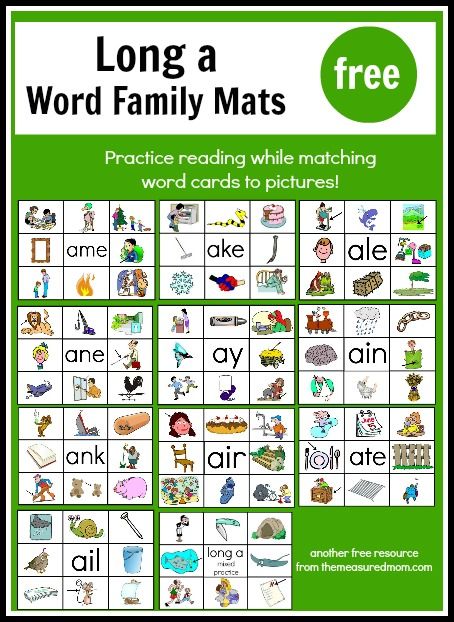
Long U Words
The long U sound is featured in the words in bold.
- The rude waitress still hasn't taken our order.
- Have you seen the Statue of Liberty?
- The Duke and Duchess of York visited recently.
- With a queue like that, we can expect a very long wait.
- There he is, right on cue.
Read and Read
The English language is filled with all sorts of confusing words and even letters, like when "y" works as a vowel. The word "read" can rhyme with "fed" (short E sound), but it can also rhyme with "seed" (long E sound), depending on which verb tense you're trying to use with "read." As you continue to brush up on your knowledge of vowels and how they work, why not study words that end in a silent E? There are a lot of them! For something more creative, check out these assonance examples too.
- 7th grade
- 8th grade
- 9th grade
- middle school
- high school
- college
- charts
Related Articles
Examples of Assonance in Poetry
Assonance poems are abundant in literature.
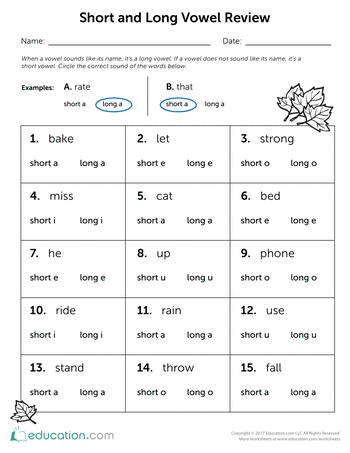 Much like alliteration repeats consonant sounds, assonance features repeated vowel sounds in words that are close to each other. But finding examples of assonance can be trickier than finding alliteration since the vowel sounds are often only heard when read aloud. Keep reading for examples of poetry with assonance that are pleasing to the ear.
Much like alliteration repeats consonant sounds, assonance features repeated vowel sounds in words that are close to each other. But finding examples of assonance can be trickier than finding alliteration since the vowel sounds are often only heard when read aloud. Keep reading for examples of poetry with assonance that are pleasing to the ear.Diphthong Examples
“Diphthong” comes from the Greek word diphthongs. It literally means “having two sounds.” More specifically, diphthongs deal with vowels. Every vowel has its own short sound and long vowel sound. However, diphthongs come into play whenever a vowel makes a new and different sound, usually because it’s working in conjunction with another vowel.One of the best diphthong examples is the word “oil.” Here, we have two vowels working side by side and, together, they create a sound different than anything “O” or “I” alone can produce. And that’s just scratching the surface.
 Let’s take a closer look.
Let’s take a closer look.
Long and short vowels in English
Longitude is one of the characteristics of a vowel sound, which shows the relative duration of its sound compared to other sounds.
Longitude can be positional and phonemic. In the first case, the duration of the vowel depends on the position in the word and stress, while this characteristic does not affect the meaning. The phonemic length of a vowel has a semantic function, that is, depending on the length of the sound, the meaning of the word changes.
Length of vowel sounds in English
In Russian, the length of vowel sounds does not affect the meaning of words and changes only depending on stress. In English, vowels differ not only in positional but also in phonemic length. This means that long and short sounds, similar in other characteristics, represent different phonemes. Words that differ only in these phonemes have different meanings: ship - sheep , fit - feet , pull - pool .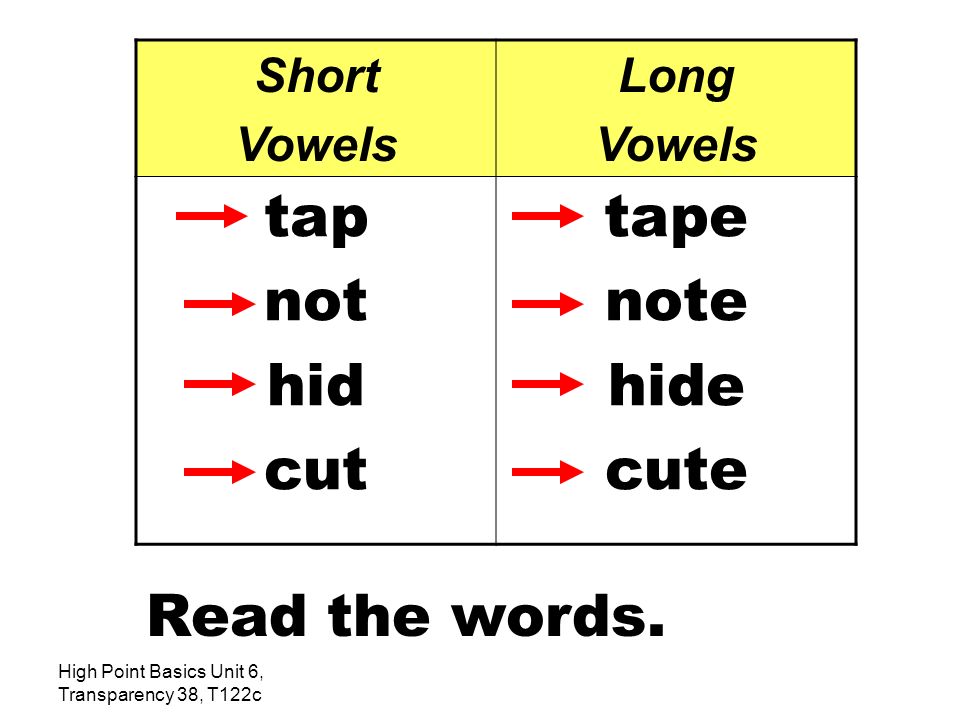 Therefore, it is so important to pronounce long and short sounds correctly.
Therefore, it is so important to pronounce long and short sounds correctly.
In transcription, long vowels are indicated with a colon: [i:], [α:], [ɔ:], [u:], [ә:]. In some cases, long vowels in an unstressed position are reduced and become semi-long, which in transcription is indicated by one dot from above: [α ].
The long vowels listed above are opposed to short vowels, forming the following pairs in English:
- [i:] - [ı]
- [uː] - [u]
- [ɔ:] - [ɒ]
- [α:] - [ʌ]
- [ә:] - [ə]
The pronunciation of long and short English vowels often causes difficulties for Russian learners of English, since in Russian vowels do not have phonemic longitude, and we are not used to distinguishing the length of a vowel sound by ear. We often do not hear the difference between long and short vowels when listening to English speech. It is still not clear how long you need to draw a sound when speaking, so very unnatural, or almost inaudible, or too long vowels are obtained.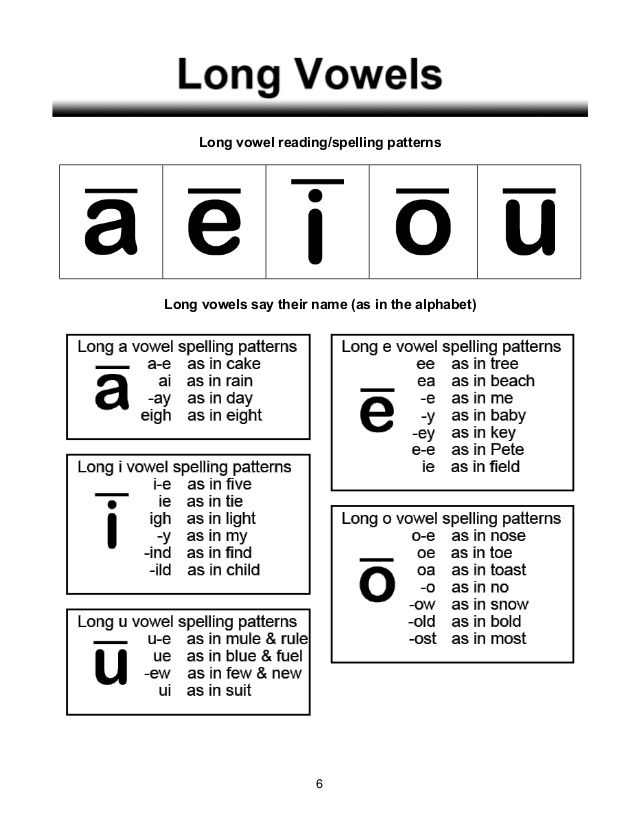 It is impossible to correctly pronounce short and long sounds so that a native speaker hears the difference, even if you diligently shorten short vowels and stretch out long ones.
It is impossible to correctly pronounce short and long sounds so that a native speaker hears the difference, even if you diligently shorten short vowels and stretch out long ones.
Sometimes it seems that native speakers themselves do not know the difference between short and long sounds, they seem to pronounce them the same way - but they themselves understand each other. But it's not. Let's see what are the differences between long and short English vowels, how to learn to hear them and how to train their pronunciation.
Differences between long and short English sounds
It is logical to assume that if vowels are called long or short, they differ in sound length. This is the main difference between them, but not the only one. It is important to understand that long and short sounds have other differences, which consist in articulatory features. This means that the sounds are not just of different lengths, they are also different in sound. And most often it is these articulatory features that determine the length of the vowel sound: the duration of the sound depends on the position of the tongue and the tension of the vocal apparatus.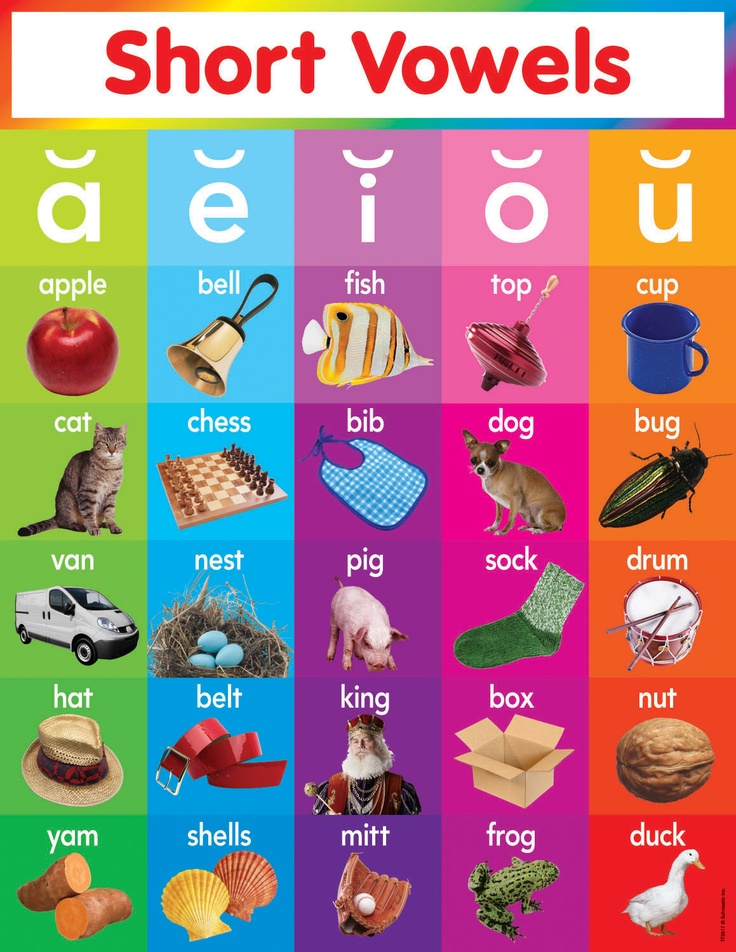
Long and short English vowels differ in such a characteristic as tension. Long vowels are tense, in English they are also called tense . When they are pronounced, the root of the tongue seems to be tense, under tension. The sound is pronounced, bright, rich, clear.
Short vowels are called lax – relaxed. The tongue in the region of the root is relaxed, the vowel sound is articulated quickly, easily, without additional effort, as if bursting. It turns out short, inconspicuous, faded and fuzzy.
Qualitative differences in sounds in different pairs of English vowels range from pronounced to almost imperceptible. It is easy to notice the difference between long and short sounds a: pay attention to how the words cart and cut are pronounced, they differ not only in duration, but also in sound. But the differences between long and short u are almost imperceptible: pool and pull sound very similar, only slightly different in length.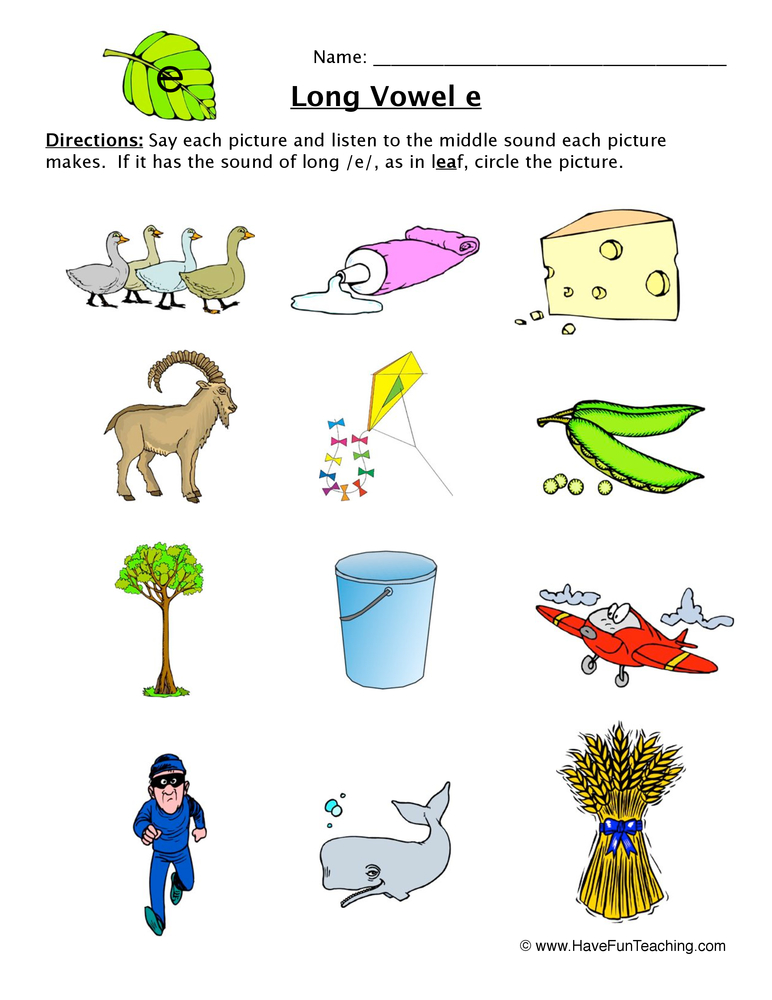 The Scots generally pronounce them the same way, differing only in context.
The Scots generally pronounce them the same way, differing only in context.
In addition, the duration of the pronunciation of vowels is also affected by positional longitude - for example, stressed or unstressed position in a word. As a result, a short vowel sound in one word may sound longer than a long sound in another word.
Thus, it is not enough to rely only on the subjective duration of a vowel sound. All the features of short and long vowels described above must be taken into account when learning English. It remains to understand how to master the pronunciation of long and short sounds in practice.
How to learn to pronounce long and short English vowels
The main mistake foreigners make when pronouncing long and short English sounds is focusing only on duration. But with this approach, it is intuitively incomprehensible where the boundary between a long and a short sound passes: you can’t measure the length of a sound with a stopwatch.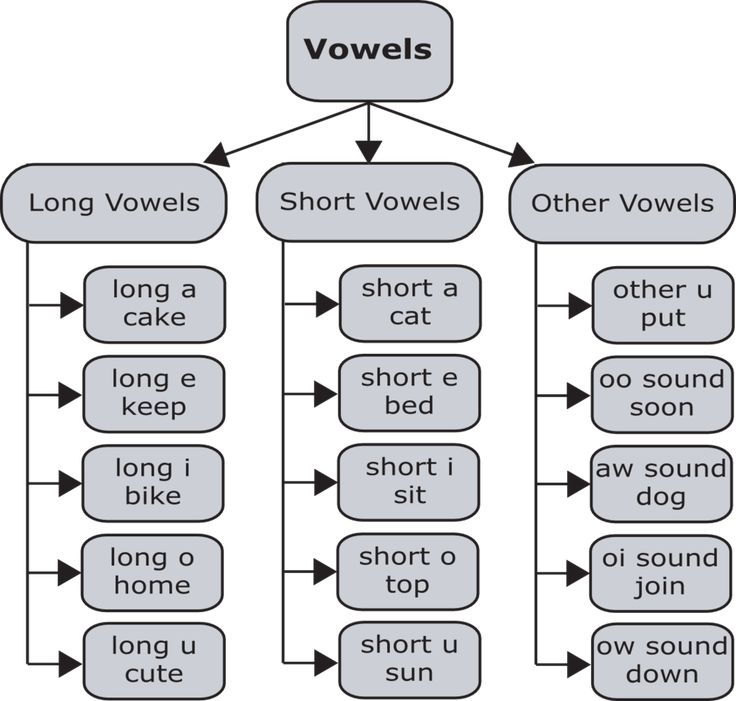 When trying to artificially lengthen or shorten a vowel, the sounds are unnaturally short or drawn out.
When trying to artificially lengthen or shorten a vowel, the sounds are unnaturally short or drawn out.
To learn how to pronounce long and short English sounds, you need to forget about the usual terminology "long" and "short". Try not to think about the duration of the sound at all. To correctly pronounce long and short vowels, you need to focus on their articulation, and not on duration. If we correctly reproduce the pronunciation of the vowel, then the duration will turn out to be correct automatically. Remember that long vowels require more tension at the root of the tongue, while short ones are pronounced without additional effort, easily and without tension.
Pay attention to how native speakers pronounce vowels - don't watch how long they draw them out, but watch the pronunciation, the articulation, the quality of the sound. Repeat, imitate, practice. For practice, it is best to use video lessons or a conversation with a native speaker, since audio materials do not make it possible to see articulation.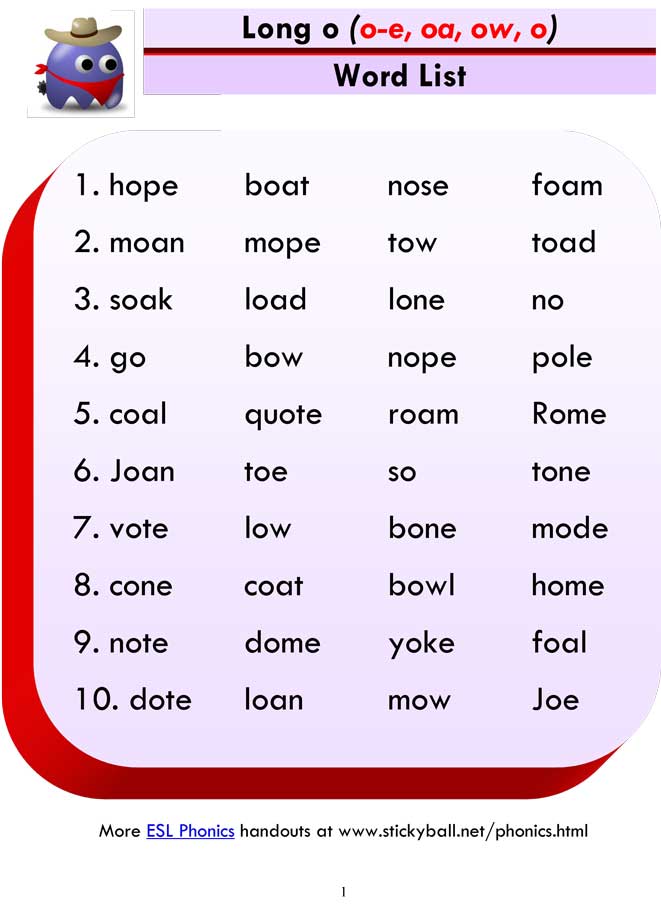
It is best to train long and short sounds not separately, but as part of words. First, this way you will note the influence of positional longitude on the duration of the sound in specific examples. Secondly, just as words are best learned in context, sounds are also best learned in the environment.
Practice pronunciation of long and short vowels in pairs of words to notice the difference between sounds, for example:
- Sport – hot
- Arm-cut
- See-hit
- Food-put
- Fur – ago
When you learn how to pronounce long and short vowels correctly in English, it will become easy to distinguish between them in speech. When listening to speech, forget about the differences in duration, pay attention to the qualitative differences in sounds - how intensely the vowel is pronounced, how bright or faded it sounds, how pairs of sounds differ from each other, except for duration.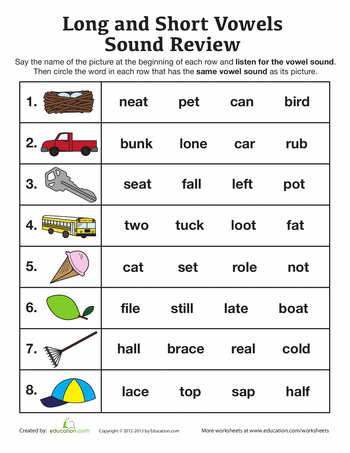
Pronunciation of long vowels - learn English yourself
Long and short vowels
grot_english Paired sounds. In Russian, as we all remember from school days, there are paired consonants. Sounds [b] - [p], [h] - [s] and so on form pairs according to sonority-deafness. That is, the sounds are very similar, but one is pronounced with a voice, and the second without (by the way, this also happens in English).
Sounds [b] - [b '], [h] - [h '] and so on form pairs of hardness-softness - one sound is hard in the park, the other is soft (which is not found in English at all).
We note two fundamental points: firstly, only sounds are paired.
Letters cannot be paired, because letters are such squiggles on paper (dots on a Braille sheet), they cannot be combined into pairs by similarity (otherwise it turns out somehow stupid - what to combine? S and b on the basis of absence-presence sticks?). Secondly, in Russian, only consonants are paired .
Russian vowels are all very different, and it is impossible to combine them into pairs.
In English, vowels also come in pairs. Sign for pairing - longitude-brevity of pronunciation. For masters of the Russian language, it can be difficult to understand that the length of a sound can completely change the meaning of the word . In Russian, “mama” and “Maaaaamaaaaa!” will differ in loudness, but hardly in meaning. It's not like that in English. Feel the difference:
bins [b ɪ nz] (short sound) — beans [b i: nz] (long sound)
ship [ʃ ɪ p] (with a short sound) - sheep [ʃ i: p] (with a long sound)
Which once again proves how important it is to distinguish between longitude and brevity of sounds.
The length of the sound in the transcription is indicated by a colon [:]
Pronunciation
Long vowels differ from short not so much by the time of their pronunciation (no need to pull them for half a minute), but by articulation - that is, how and with what we pronounce them.
[iː] - the sound is pronounced with strongly stretched lips - "Hollywood smile". Imagine that you are advertising chewing gum.
[ʊː] - unlike Russian [y], you do not need to stretch your lips. The corners of the lips are down! Imagine that you are having an afternoon snack in kindergarten, and in front of you is a plate of cold semolina: fuuu!
[ Like this ]
[ɔː] - reminiscent of Russian [o], but pushed back a lot. As if you have a lemon in your mouth - the tongue moves down and back, the sound is deep.
Don't forget to refer to the complete table of English sounds to hear the correct pronunciation.
Source: https://grot-english.livejournal.com/11727.html
English vowels
Long vowels ) in English in transcription are indicated as follows: To convey longitude in transcription, a colon is placed after the sound, as in the examples.
Consider the first short sound [i] .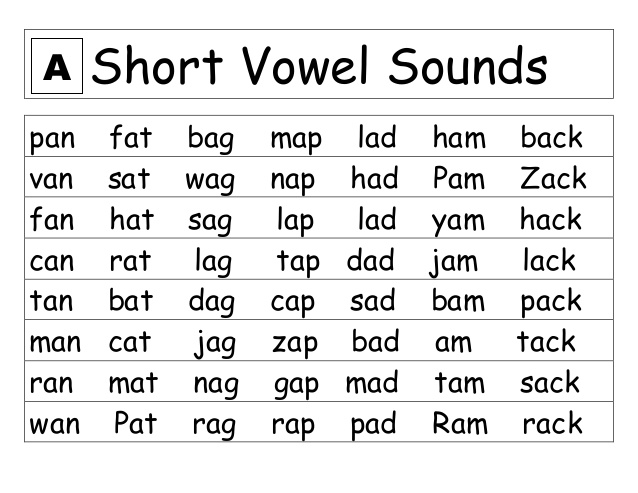 Pronounced like a Russian sound [and] . Pronounce this sound briefly.
Pronounced like a Russian sound [and] . Pronounce this sound briefly.
Now try to read it yourself correctly and compare the brief and long sounds
now a brief vowel of [ӕ] . Pronounced like a Russian sound [e] .
Now try to read this sound yourself:
Sound [e] .
Try to pronounce the sound [e] yourself
Go to the short sound [ə]
This sound is unstressed and practically unpronounceable, it is found in many English words.
Example:
Consider the example a cup of tea . In this example, the article a and the preposition of are the neutral sound of schwa .
[ə`kʌpə ti:]
Hence the name cuppa - a cup of tea.
Now consider a short sound [ʊ]
Let's try to read this sound on our own
Next sound [ʌ] .
Try to read the sound yourself [ʌ]
Last sound [ɒ]
Let's try to pronounce this sound ourselves We now know how to pronounce short vowels correctly.
Do not forget that in order to pronounce sounds correctly, you need to listen to the speech of native speakers more often. Watch movies, instructional videos, listen to songs. Phonetics in English is an integral part of the language, as well as grammar.
If you know the rules of grammar perfectly, but do not pronounce words well, you will not be understood.
The main thing is to clearly and correctly pronounce the words. You must understand that in English there are a huge number of words that are similar in spelling, but they are pronounced differently. For example words ship - ship and sheep - sheep.
The spelling is a bit similar for these words, but what about the pronunciation? Let's look at the transcription of the words: ship [ʃ i p] and sheep [ʃ i: p] . The first word has a short vowel, and the second has a long vowel.
If you pronounce these words incorrectly, for example, the first word with a long vowel and the second with a short one, then you will not be understood correctly, you may even put yourself in a stupid position. That is why it is necessary to study the phonetics of the language.
That is why it is necessary to study the phonetics of the language.
Let me give you another example. In the English language, intonation is very important when you ask: How are you? How are you? You should ask with a high intonation, if you say with a low intonation, the interlocutor will think that you are a very angry and aggressive person. In order not to frighten the interlocutors, study the rules of intonation.
Now we will analyze long vowels ( Long vowels ).
Consider the first long vowel [i:] .
Now we know how to pronounce these sounds correctly. Let's try to read words with a long vowel on our own [i:] :
Next, consider the sound [ɜ:] . Let's try to pronounce words with this sound on our own:
Consider the long vowel sound [ a: ] .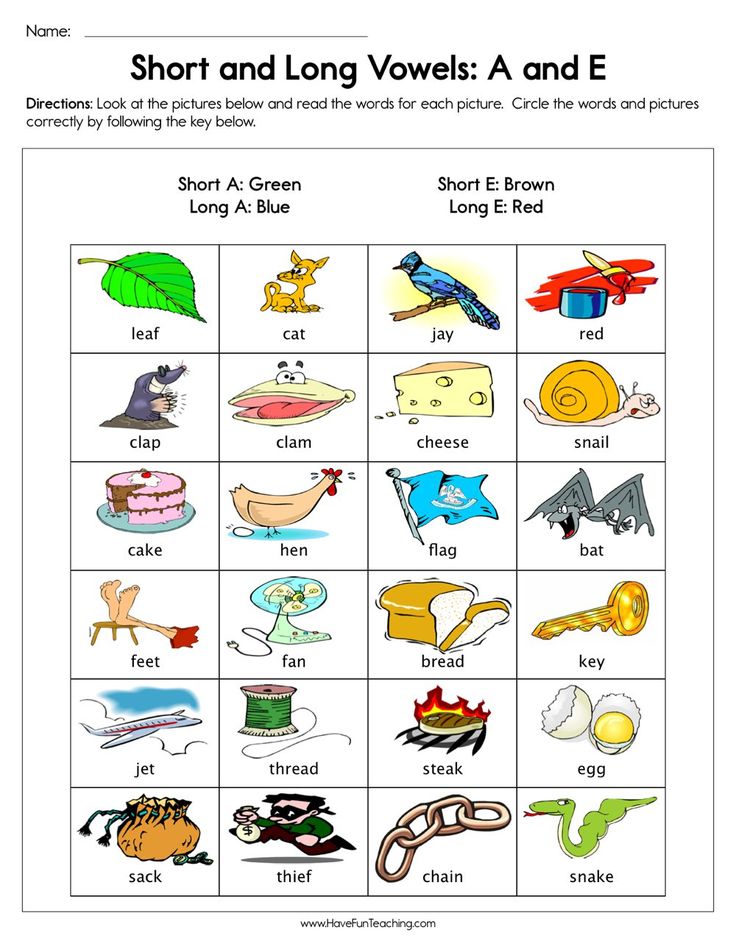 Let's try it ourselves:
Let's try it ourselves:
Long vowel [ u: ] . Now we can pronounce words with this sound ourselves. Trying:
Next sound [ ͻ:] . We try it on our own:
We have analyzed the vowels in English. Watch instructional videos and practice. Just do not forget the main rule of learning English - everything you do should bring you pleasure. You don’t have to force yourself to learn the rules of pronunciation, so you won’t remember much. Do everything with pleasure, enjoy what you study. Only such an approach to business will bring you long-awaited results.
0003
Russian mistakes in English: pronunciation of vowels, intonation and stress
There are 10 vowels and 10 sounds in Russian phonetics. There is a problem - more than half of the English vowel sounds have no analogues in Russian phonetics, and therefore there are serious difficulties with their pronunciation. Difficulties are also caused by intonation and rhythmization of speech, placement of stresses.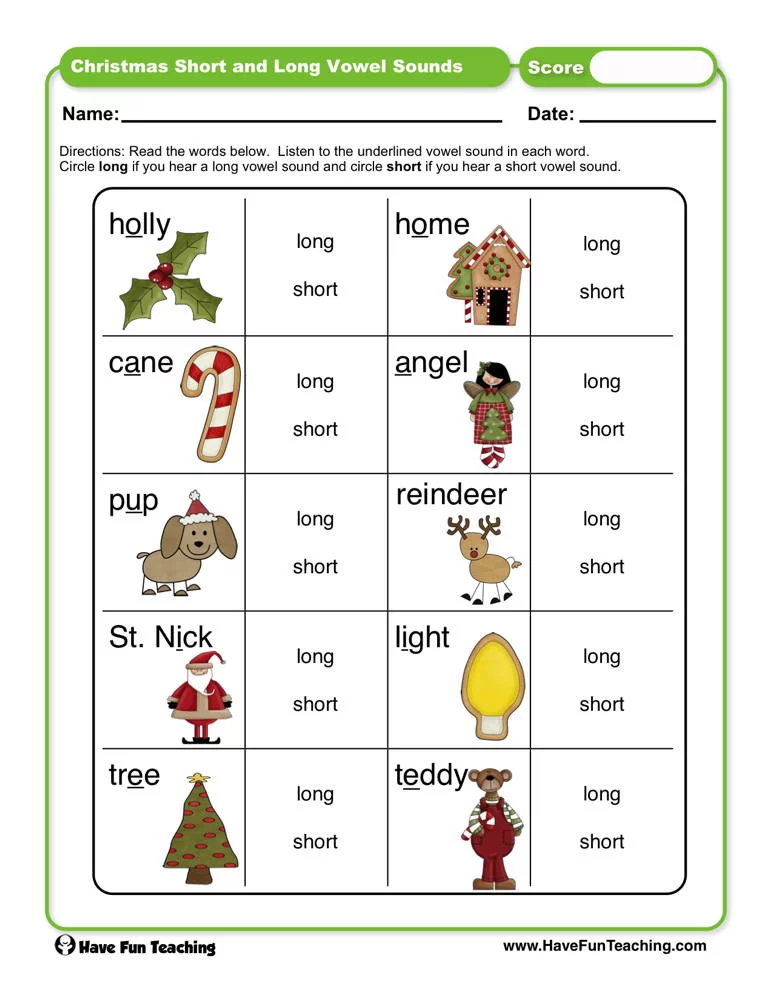
Vowel sounds
The vowel system in Russian has two main differences from English:
- no concept of long-short vowel,
- no diphthongs.
Interestingly, long and short vowels, as well as diphthongs, could exist in Russian speech if they had not been lost by the Proto-Slavic language (according to scientists, this is a language common to all ancient Slavic peoples).
The following vowel sounds have full or partial equivalents in Russian:
- [i] symbol, business
- [i:] receive, people
- [e] friend, effort
- [ɒ] rock, body
- [ʊ] foot, understood
- [u:] June, moon
- [ᴧ] couple, other
- [ə] alias, about
- [eɪ] eight, blade
- [aɪ] cry, guide
- [ɔɪ] joy, oyster
- [ɪə] here, fear
- [eə] there, square
- [ʊə] poor, tour
- [aʊ] trousers, cow
- [əʊ] go, toe
- [aɪə] fire, desire
- [aʊə] hour, sour
Usually, Russian speakers do not make serious mistakes when pronouncing them, but some inaccuracies in English speech may be associated with them. The remaining four sounds cause more problems:
The remaining four sounds cause more problems:
- [æ] cat, compact
- [ɑ:] garage, far
- [ɔː] board, awful
- [ɜ ː] her, word
Consider examples of Russian errors in English when pronouncing vowels:
- The sound [ɜː], which has no correspondences in the Russian vowel system, is the most difficult and incomprehensible for Russian-speaking students when learning English. They tend to replace it with the sound [o], for example, in the words work, journal, or Russian [ɜ], which is closer to [e] and is incorrectly used in words like twerk, germ. The most difficult thing is to correctly pronounce words that begin with [w]: work, word, worth, worm, etc.
- Long [ɑ:] is incorrectly replaced by Russian [а], which refers to the sounds of the front row, while English [ɑ:] is deeper. To understand the difference, compare the correct pronunciation of bark, smart and porridge, start.
- The sound [æ] is usually replaced by a closer one for the Russian phonetic system [e].
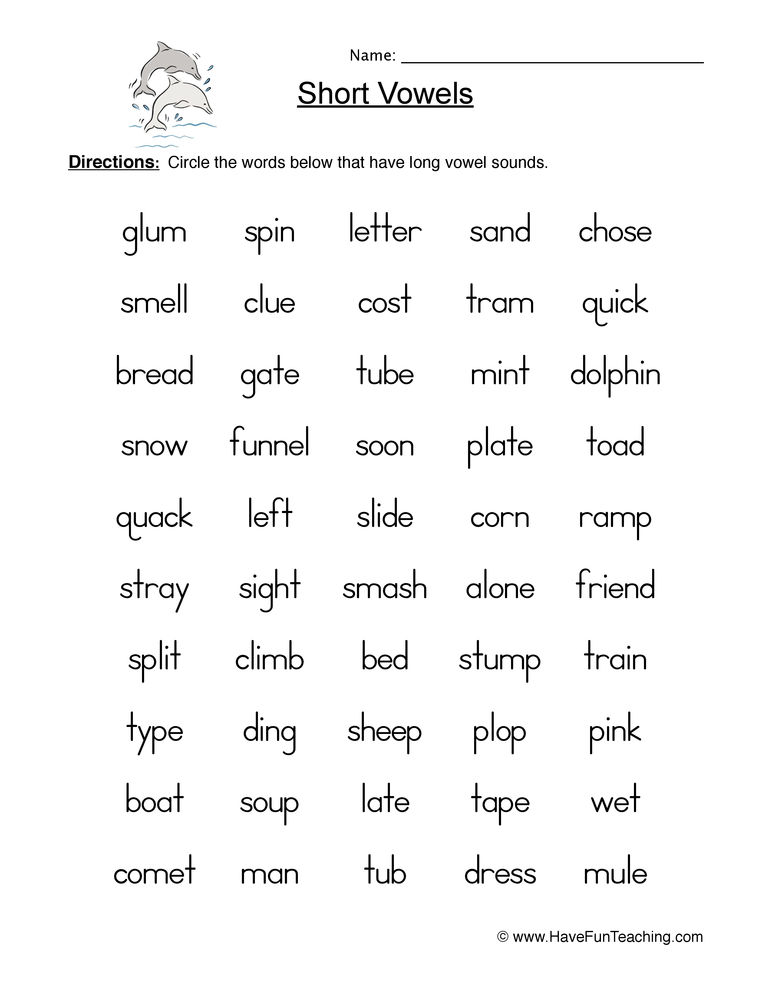 As a result, there is often confusion between words, for example, in the pair sat - set.
As a result, there is often confusion between words, for example, in the pair sat - set. - Long [ɔː] turns into Russian [o], which refers to front vowels, or into a diphthong [əʊ]. Because of this, words like caught [kɔt], cot [kɑt], coat [kəʊt] are often mixed.
- In general, Russians pronounce long vowels "not long enough", so they sound similar to short sounds. A common mistake in the English speech of a Russian speaker is the same pronunciation of field and filled, seat and sit.
- Difficulties are caused by different pronunciation of long sounds depending on which letter the syllable ends with (pea [pi:], peal [pi: l], peat [pi: t]).
- Despite the absence of diphthongs in their native language, many Russian speakers tend to pronounce English vowels as glide or transitional, as it were, double sounds. For example, [ɔː] is often pronounced as [əʊ], [ɜː] as [eə], etc.
Rhythm and stress
Russian errors in English also appear in the placement of stress and rhythmization of speech.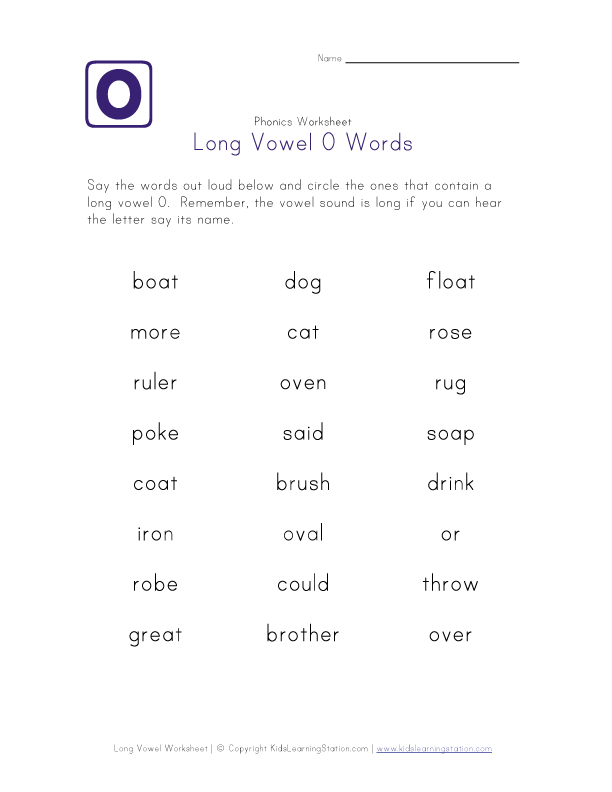 Russian speakers usually forget about two stresses in long English words:
Russian speakers usually forget about two stresses in long English words:
competition
- correct [kɑmpi’tiʃ(ə)n]
- variant with typical error [kəmpi'tiʃ(ə)n]
Difficulties in speech rhythmization are manifested in particular in the fact that unstressed words, which English speakers pronounce briefly, as if in passing, Russians pay too much attention. Such words in sentences are mainly auxiliary parts of speech: conjunctions (as, than), modal verbs (have, can, must).
Intonation
Russian intonation mistakes can cost them dearly. The fact is that the wrong English intonation can cause you to be considered impolite and rude.
The main intonation problems are associated with different types of questions:
- drop in tone at the end of a general question,
- use of rising intonation in the "tail" of a disjunctive question,
- rising tone at the end of an alternative question.

How to deal with mistakes
To get rid of Russian mistakes in English related to the pronunciation of vowels, as well as rhythmization and intonation of speech, stress, you need to constantly practice. You can use one or all of the following methods:
- listen to a variety of audio recordings and watch videos in English,
- listen to music, but keep in mind that performers sometimes deviate somewhat from phonetic norms in favor of melody,
- communicate with English-speaking acquaintances and friends,
- study with native English speakers via Skype,
- perform special exercises for the development of the articulatory apparatus.
Read also
In this article we will not analyze in detail the sounds of the English language and talk about their articulation. Let's talk about English pronunciation in general: what distinguishes it, what are its common features compared to Russian phonetics, and how to reproduce these features in speech if your native language is Russian.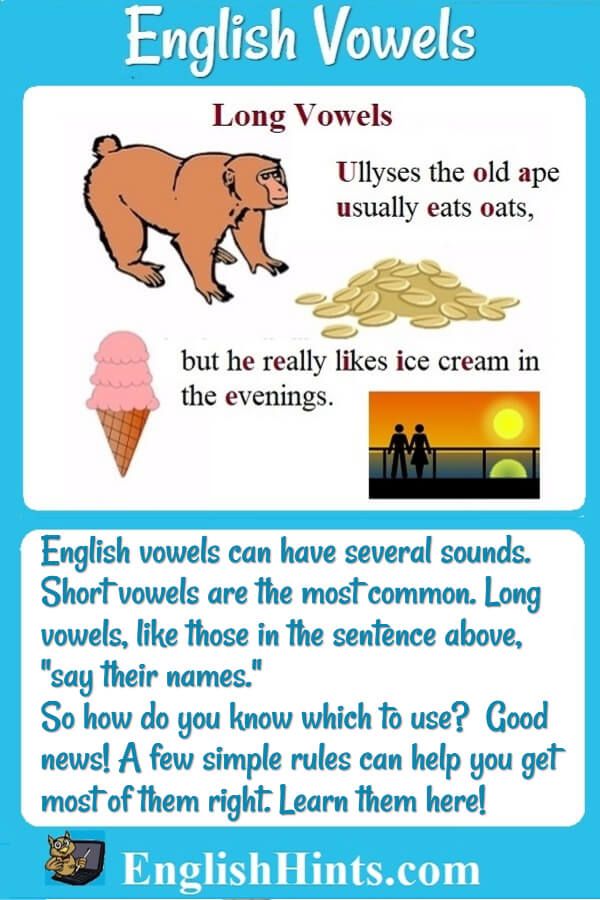
Each language has its own set of sounds. Even similar sounds are actually different: English t is not Russian t, and English n is not Russian n. All sounds of the English language are unique, there is not a single one identical to Russian, which is why it is so difficult to learn the correct pronunciation.
The reason for the uniqueness of the pronunciation lies in the different articulation of these sounds: the English use their lips, tongue, and teeth differently to pronounce the sounds correctly. Each sound can be analyzed for a long time and in detail, which we recommend doing at the beginning of training. But in general, there are several main features.
The English stretch their mouths wider during speech than the Russians. Their lips are always tense, while Russians are more rounded and relaxed. Therefore, when a Russian person, out of habit, speaks English for a long time, his lips get tired and his cheekbones hurt.
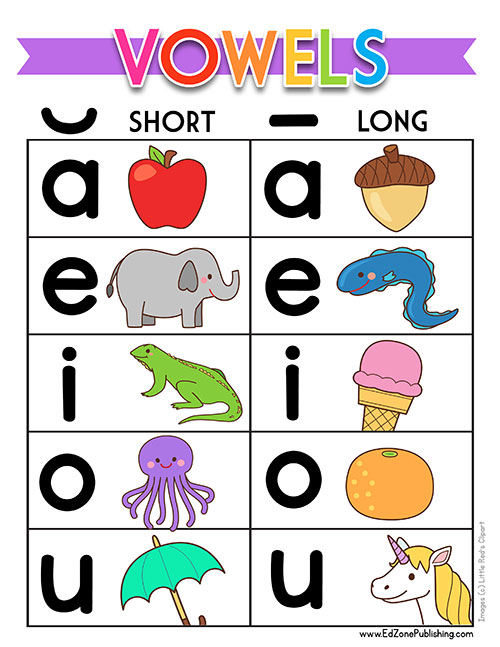
The position of the English tongue during speaking is lower - the tongue is pressed against the lower jaw, this is the basic position when pronouncing most sounds. And in the Russian language, the tongue is often raised, so the vowel sounds are different.
English consonants are apical and Russian consonants are laminal. This means that in English consonants are pronounced with the tip of the tongue, while Russians are pronounced with the help of the entire tongue, which is pressed against the lips.
If you correctly articulate English sounds, then it may seem to you that the entire speech apparatus is tense. It is important to understand that this is out of habit. For the native speakers themselves, all the positions of the tongue and lips described above are familiar and relaxed, they do not have to strain. And vice versa, they need to strain their speech apparatus to pronounce the Russian sound.
English pronunciation is characterized by several features that are not found in Russian:
- Aspiration after consonants
- Softening of consonants - not complete, like Russian soft sounds, but intermediate
- Presence of short and long vowels, diphthongs and triphthongs
- A large number of vowels - 20 against 6 Russian
- At the end of a word, consonants are not stunned
- Some sounds have no Russian analogues: [r], [w], [ŋ], [ð] and [θ]
To successfully imitate English pronunciation, we recommend more practice - listening more, talking more and interacting more with native speakers.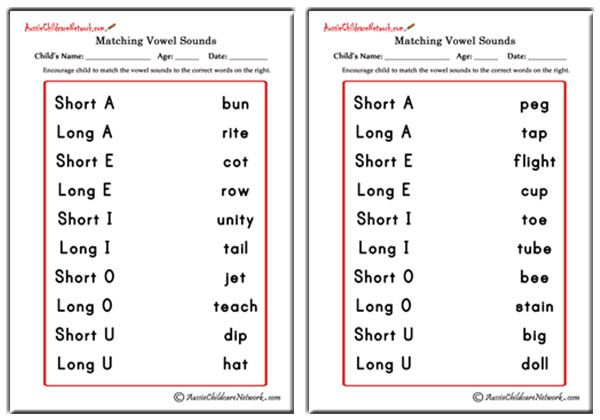 Pay attention to the articulation of complex sounds that are difficult for you. Read tongue twisters and do practical exercises from special pronunciation textbooks. Remember that changing the speech apparatus is difficult, but possible.
Pay attention to the articulation of complex sounds that are difficult for you. Read tongue twisters and do practical exercises from special pronunciation textbooks. Remember that changing the speech apparatus is difficult, but possible.
Source: https://lingua-airlines.ru/articles/osobennosti-anglijskogo-proiznosheniya/
Pronunciation of long and short English vowels
If there is the most terrible beast in English phonetics, then for the vast majority of us it is English vowel sounds, or rather their duration.
The main reason long and short vowels in English give us so much trouble is simple - we don't understand them. We do not understand how to pronounce them correctly and how to confidently distinguish them in speech. We can be understood, because the duration of the sound is a subjective thing.
Do not measure it with a stopwatch! Do the British themselves rely solely on the duration of the sound? Of course not!
Struggle for quality
Firstly, all English vowels differ from each other qualitatively. For a beginner, this difference may not be obvious, however, the more clearly you remember this fact, the faster you will learn to determine this qualitative difference.
For a beginner, this difference may not be obvious, however, the more clearly you remember this fact, the faster you will learn to determine this qualitative difference.
Pay attention to the transcription of the short [ɪ] and long [iː] English "and". Yes, a colon is added to the long sound, but the main character is not the same - precisely in order to reflect the difference in the quality of the sound, and not just in its longitude.
Here, however, there are several unpleasant nuances at once.
First, a lot depends on transcription. There are several systems of phonetic transcription. Here we are talking about IPA (International Phonetic Alphabet), the most authoritative system in the world and generally accepted in Russia. But even in the IPA, for the time being, both long and short English "and" - more precisely, their basis - were denoted by the same symbol.
Secondly, the degree of this qualitative difference itself varies greatly for different vowel pairs.
For example, if the long "a" in "cart" is radically different from both "cut" and "cat" and "cot", then the difference between "pool" and "pull" is not so pronounced.
Thirdly, regional accents confuse the situation even more (and there are hundreds of them in England alone). The Scots, for example, distinguish between "pool" and "pull" solely by context, that is, even the length of the sound they have in this pair is the same.
A look through the looking-glass: lax and tense
And what to do now? Look at the problem from the other side, from English! To be fair, the English also sometimes refer to their vowels as long and short. However, in more or less academic sources, vowels are divided not into long-short ones, but into "lax" and "tense", i.e. relaxed and tense. Now we will figure out what in this case relaxes and tenses.
Keep in mind that if you pronounce long and short vowels correctly, it will be much easier for you to distinguish them by ear.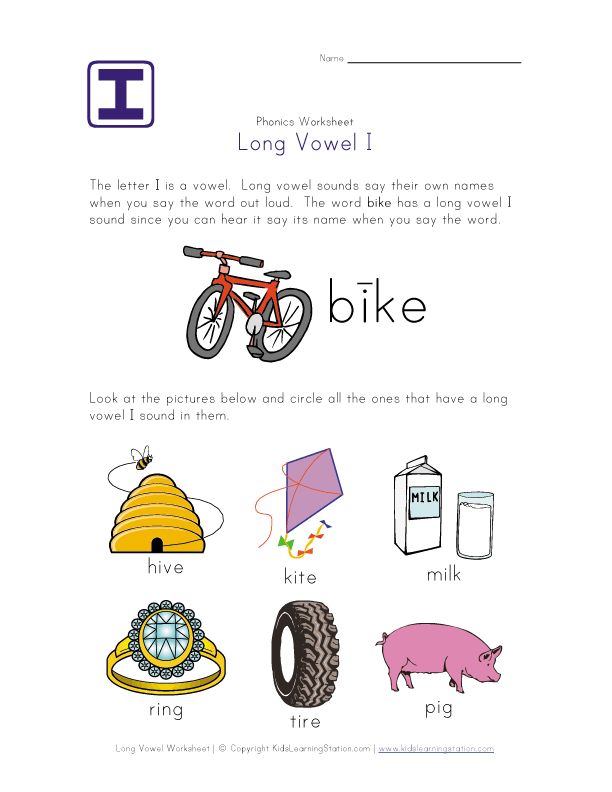 Now, the main reason for the problems and misunderstanding of English vowels is that we think of them as long and short. But how else to think about them, if they are long and short, you ask.
Now, the main reason for the problems and misunderstanding of English vowels is that we think of them as long and short. But how else to think about them, if they are long and short, you ask.
“They told us about it at school”, right? Strictly speaking, the duration of "long" vowels can vary widely, so that even the term itself is not entirely accurate. Much worse, however, is that we are trying to artificially lengthen or shorten these vowels. And folk wisdom says: if you have to imitate, then something is wrong.
Bubbles and colors
We have already noted that the correct position of the tongue often automatically leads to the correct pronunciation. Developing this thought, the length or brevity of the vowel is an effect, not a cause.
So, the first thing to do is to bring the tongue into the correct position. The analogy with a hot potato in your mouth is appropriate, just place the potato not on the tip of the tongue, but closer to the root. Let me remind you that as much as this situation is unusual for us, it is just as natural for the British.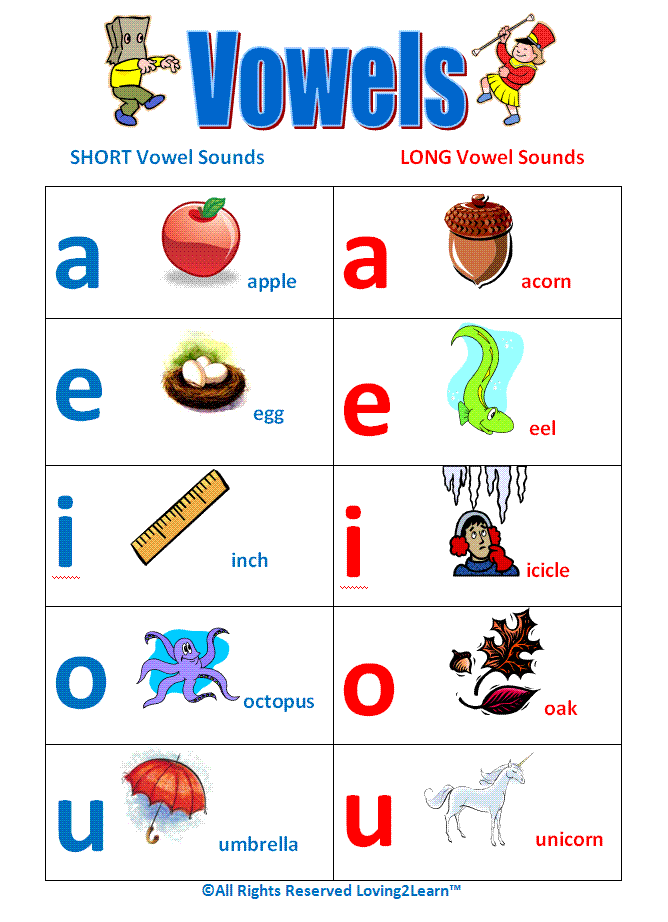 That is, the tongue should be relaxed in this position (remembered about "lax").
That is, the tongue should be relaxed in this position (remembered about "lax").
Now imagine a bubble rising from the bottom of a lake. The sound made by the bursting bubble is as short as possible - bang! - as soon as it touches the surface of the water, the pressure inside the bubble instantly dissipates. Short vowels are pronounced similarly - put, book, cut, bit, etc.
To maintain the sound of such a vowel, no additional effort is applied - this is "lax".
When pronouncing long vowels - on the contrary - air pressure on the ligaments maintains the sound for some time. In this case, at the root of the tongue you will feel a slight tension. These two moments are "tense".
Thanks to them, the sound becomes noticeably more pronounced than with short vowels. You can compare this to the color saturation of paints - "tense" colors are bright and saturated, while "lax" colors are closer to shades of gray.
Whoever seeks is always
Working on pronunciation is a search.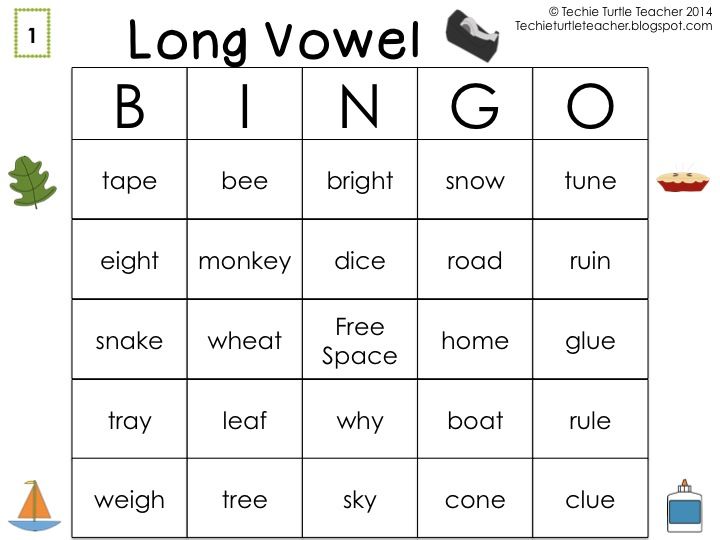 We try to repeat what we hear this way and that, until one day we suddenly understand how this or that sound is actually pronounced and, most importantly, why. And so many times. Here I have offered you a little hint.
We try to repeat what we hear this way and that, until one day we suddenly understand how this or that sound is actually pronounced and, most importantly, why. And so many times. Here I have offered you a little hint.
Armed with it, start paying attention to how English vowels are pronounced by native speakers, and be sure to try to repeat after them. And if you have any questions feel free to ask them in the comments.
You can also subscribe to our English Pronunciation Course for free, which will greatly speed up your progress.
Source: http://lingorado.com/long-short-english-vowels/
English for Beginners: Grammar and English Lessons Online! Lesson 1. English online
Unlike the Russian language, English consonants have the following features:
1. There are hard and soft consonants in Russian. The softening of the consonant is reflected in the meaning of the word.
For example:
glad - row, bow - hatch. In English, consonants are not softened.
2. In Russian, consonants are stunned if they come before other voiceless consonants, and especially at the end of words.
Compare:
koro b points [B] - koro b ka [P]
line zh nickname [Ж] — line zh [Ш]
In Russian, stunning of consonants is not reflected in the meaning of the word.
In English, final voiced consonants are never stunned, as their stunning leads to a distortion of the meaning of the word.
The majority of English consonants differ from their corresponding sounds of the Russian language , but not so much as to dwell on them in detail. Some English consonants differ from Russian ones in articulation.
When pronouncing [d], [t], [n], [l], the tip of the tongue is raised and touches the alveoli (Fig. Organs of speech), while when pronouncing the corresponding Russian sounds, the tip of the tongue touches the inner surface of the upper teeth.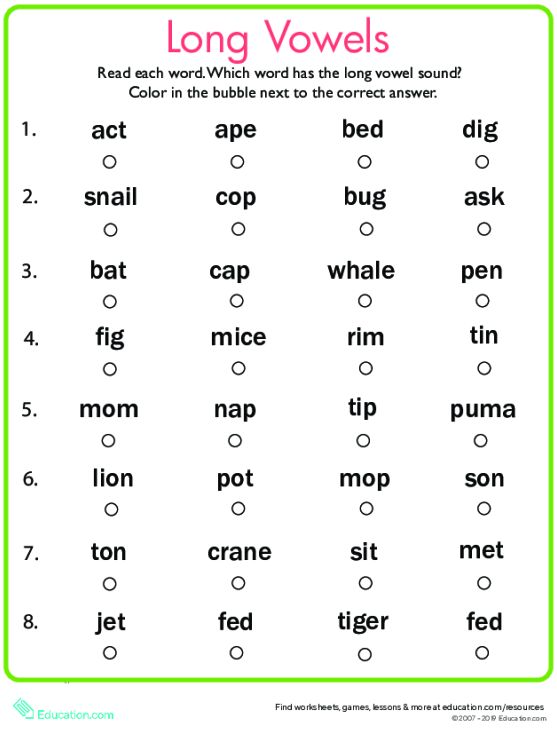
English [r], unlike Russian [R], is pronounced without any vibration. When pronouncing English [r], the tongue is very tense, the tip of the tongue is raised high, but does not touch the palate or the alveoli. The vocal cords vibrate (Fig. Organs of speech).
If you pronounce the Russian words no, tom, risk, genus, observing the indicated articulation and the voicedness of the final voiced consonants, then these words will receive a special shade characteristic of English , and will give English words: net network, Tom Tom , risk risk, rod rod.
The sound [h] is pronounced as a weak hollow sound, similar to a light exhalation. The back of the tongue should not rise to the soft palate, as is the case when pronouncing Russian [X].
Sounds that do not have a correspondence in Russian include the sound [w], which is represented by the letter w and the letter u in the combination qu [kw].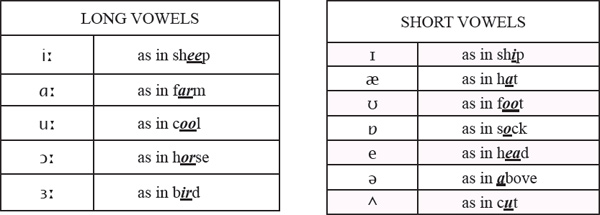
When pronouncing the sound [w], the lips are very tense, strongly rounded and slightly pushed forward, forming a small hole for the passage of air. The back of the tongue rises towards the soft palate.
This mode of speech apparatus is similar to the position for pronouncing the Russian non-syllabic y, as in the word fauna. When pronouncing [w] from this position, you must immediately move to the position for pronouncing the next vowel. Sound [w] occurs in English before vowels only.
Some English consonants convey complex sounds:
j - [dʒ] The sound [dʒ] resembles the consonants j pronounced together in the words dzhigit, jumper.
x - [ks] The sound [ks] resembles the consonants pronounced together ks in the words box, coke.
Some English consonants, depending on their position in the word, convey different sounds;
c - [k] or [s]
g - [g] or [dʒ]
s - [s] or [z]
x - [ks] or [gz]
The letter q is always written together with the letter u, and this combination is read [kw].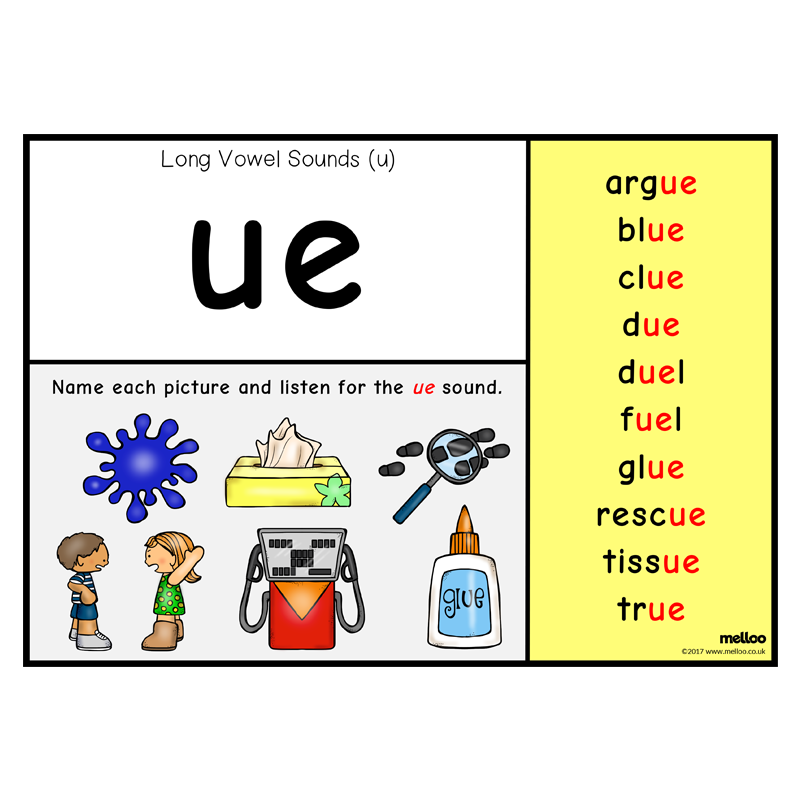
The letter w before consonants is not readable.
a) Open and closed vowel sounds
When pronouncing vowel sounds, we do not create any barrier to the exhaled air, and depending on the sound being pronounced, we only change the shape of the oral cavity with the help of moving organs of speech: tongue, lips, lower jaw and soft palate. The oral cavity may vary in relation to the distance between the surface of the tongue and the hard palate.
Depending on this distance, vowels in both Russian and English are divided into open and closed.
Lowering the lower jaw with a flat tongue, we increase the distance between the palate and the tongue and get an open sound.
By raising the middle part of the tongue towards the palate, we narrow the distance for the passage of the air stream and get a closed sound.
Let's compare the pronunciation of Russian sounds [А] and [И]. [A] - an open sound, when pronouncing it, the mouth is wide open, and a stream of air passes freely between the tongue and palate. [And] - the sound is closed, when it is pronounced, the tongue is raised, and the passage for the air stream is narrowed.
[And] - the sound is closed, when it is pronounced, the tongue is raised, and the passage for the air stream is narrowed.
If we compare three sounds: [A], [E], [I], we will notice that [E] is a more open sound compared to [I], but not as open as [A].
b) Long and short vowels
English vowels are divided into long and short. The brevity or length of vowels in Russian does not affect the meaning of the word, while in English this is of great importance: depending on the length or shortness of the vowel sound, the meaning of the word changes.
In phonetic transcription, vowel length is indicated by [:].
c) Diphthongs
In English, unlike Russian, there are sounds called diphthongs.
A diphthong is a combination of two vowel sounds in which the first element imperceptibly passes into the second. In English diphthongs, the stress falls on the first element.
The names of English vowels do not match their names in the Latin alphabet used in English writing.
At the same time, in English the name of a vowel does not always determine the sound it conveys in the word.
The reading of a vowel depends on the stress and position of the vowel among other letters, while in different combinations a vowel can convey sounds that are qualitatively different from each other.
Thus, in English the same sound can be represented by different letters and letter combinations, and, on the other hand, the same letter can convey different sounds.
This phenomenon is explained by the course of development of the history of the English language *.
There are 21 vowels in modern English speech. To express these sounds, there are only 6 vowels of the alphabet.
The sound [i:] resembles the sound of the ending ii in Russian words: Russia, elements.
I,i
[ai]
The diphthong [ai] resembles the Russian ai in the word seagull.
Oh, oh
[ou]
The diphthong [ou] resembles the sound of ou in Russian words sauce, clown.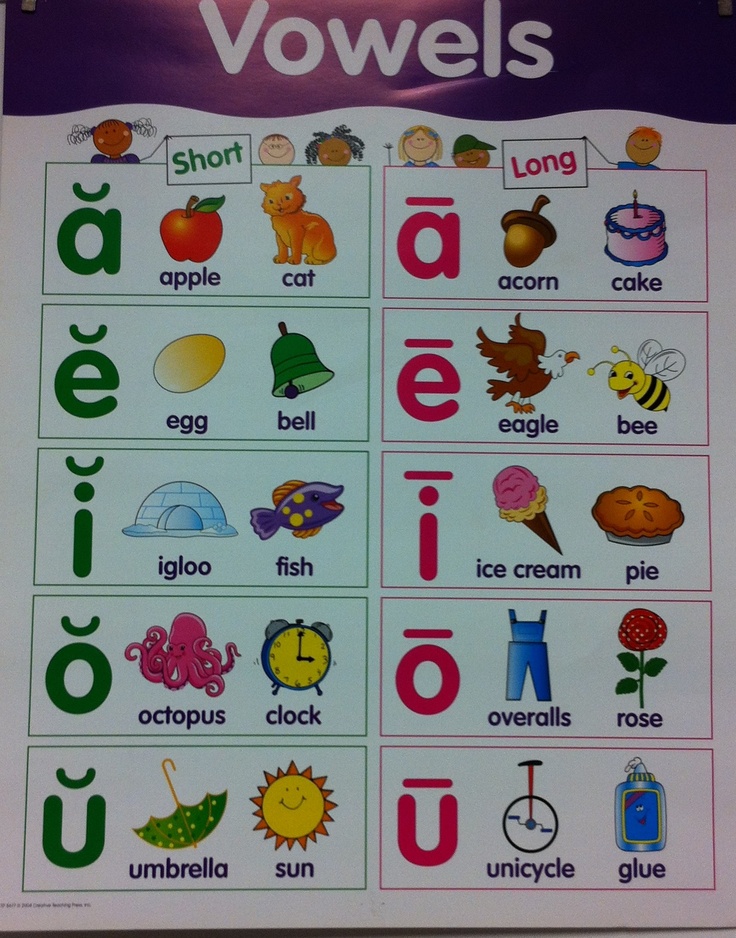
U,u
[ju:]
The combination [ju:] resembles the Russian stressed yu in the words southern, Yura.
Y,
[wai]
[w]
[ai] see above
* During the XIV - XV centuries. major phonetic changes took place in the English language, which continued to develop in the future. However, the introduction of printing in the XV century.
did not fix these changes in orthography, but reflected a spelling that was conservative even for that time, corresponding to the pronunciation of an earlier era.
The result of this provision was a large gap between spelling and pronunciation, which also affected the fate of English spelling.
a) Reading vowels in open and conditionally open syllables
In open and conditionally open stressed syllables, vowels convey sounds that coincide with their alphabetical name.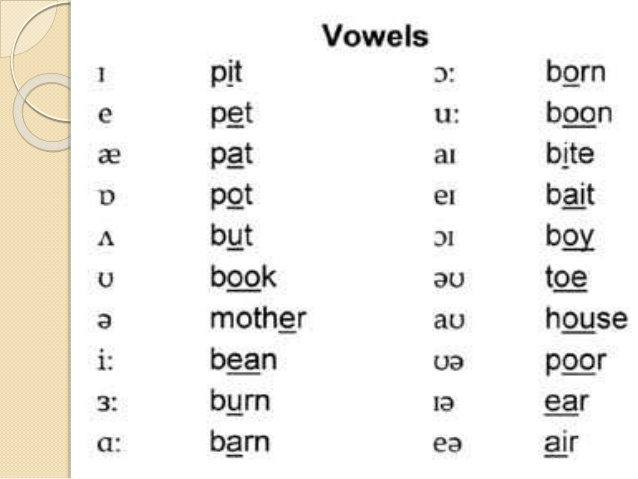
The exception is the letter y, which is read the same as the letter i.
1 In an open syllable.
An open syllable is a syllable ending in a vowel.
| Letter | Read | Examples |
| A,a E,e I,i Oh, oh U,u Y,y | [ei] [i:] [ai] [ou] [ju:] [ai] | - m e , h e , b e , w e I g o , n o , s o - m y , b y , tr y , dr y , fl y , sk y |
The vowel retains its alphabetical pronunciation if it is followed by the letter e, which in such cases is not readable.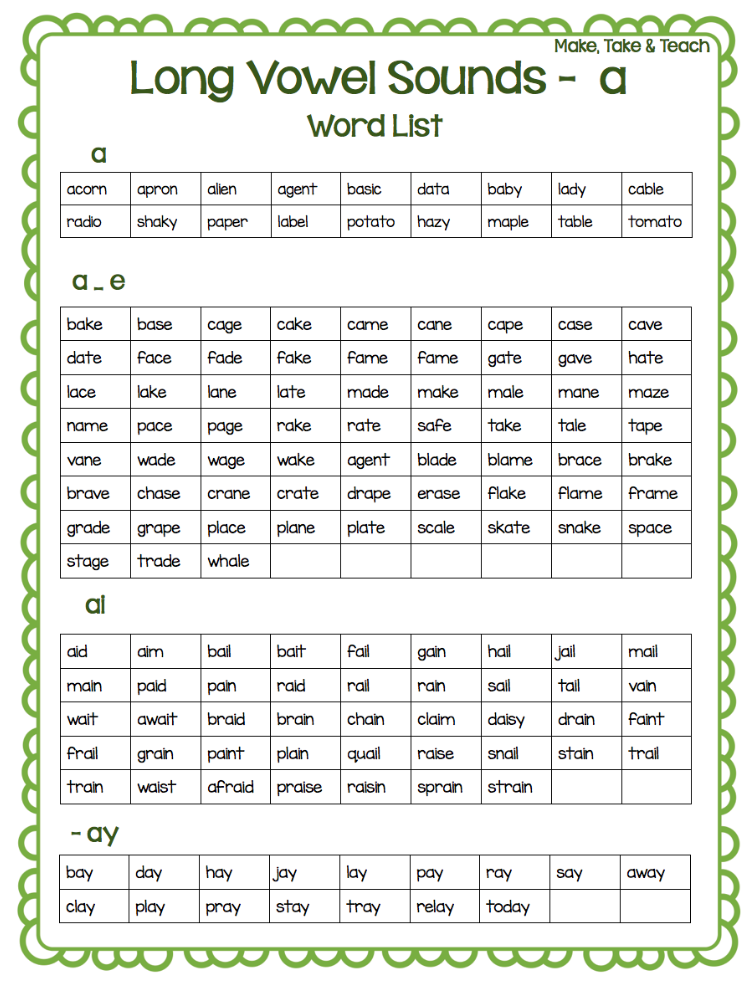
| Letter | Read | Examples |
| A,a E,e I,i Oh, oh U,u Y,y | - [i:] [ai] [ou] [ju:] [ai] | - s e e, fr e e, tr e e l i e, d i e, t i e fl o e, h o e h and e, d and e d y e, r y e |
2. In a conditionally open syllable.
A conditionally open syllable is a syllable in which the vowel is separated from the final e by one consonant. In such cases, e is not readable and is called "silent."*
| Letter | Read | Examples |
| A,a E,e I,i Oh, oh U,u Y,y | [ei] [i:] [ai] [ou] [ju:] [ai] | a ke, d a te, l a ke, l a te, r a te, fr a me, w a ve e ve, P e te, m e te m i ne, l i ke, f i ve, n i ne, t i me, dr i ve, w i de, s i ze GL O BE, Z O NE, H O ME, R O LE, P O LE, ST O NE, SM O KE, B O O O 9047 OP 9000 ne 9000 t u be, m u te st y le, t y pe |
* The letter e at the end of disyllabic and polysyllabic words was read in Old English. It ceased to be read after the 14th century. Although the letter e was not pronounced, it continued to be written at the end of words, where the root vowel was long. Thus, the function of "mute e" became the designation that the preceding vowel has its own alphabetic pronunciation.
It ceased to be read after the 14th century. Although the letter e was not pronounced, it continued to be written at the end of words, where the root vowel was long. Thus, the function of "mute e" became the designation that the preceding vowel has its own alphabetic pronunciation.
After r, l, j, the letter u is read [u:]. Unlike Russian, the English sound [u:] is pronounced with strongly rounded, but slightly protruding lips. Tongue is pulled back and the tip of the tongue is lowered:
r u le, tr u e, bl u e, J u ne, j u te
Note: Vowels convey sounds that coincide with their alphabetical name and when they are separated from the next vowel by two consonants, of which the second is the letter l:
A BLE, R I FLE, N O BLE, B U GLE
Reading
- LAKE
Mine 9 - LANE - WADE
TIME - TAM idle - able
life, fine, table, mile, jute, rude
stove, make, made, note, broke, he
we, wake, wife, woke, quite, quote
Remember the following words
time
open open, -th, -th
name name
I (always written with a capital letter)
Home House, home
stone stone
he he
Mine mine
we We
Table
ME ME I, I am
PUPIL Pupil, student
My, mine, mine, my
wide, -th, -th
you [ju:] you, you
blue
five five
fine beautiful, -th, -th
nine nine
b) Reading vowels in disyllabic words
Being stressed in an open syllable, the vowel conveys a sound that matches its alphabetical name.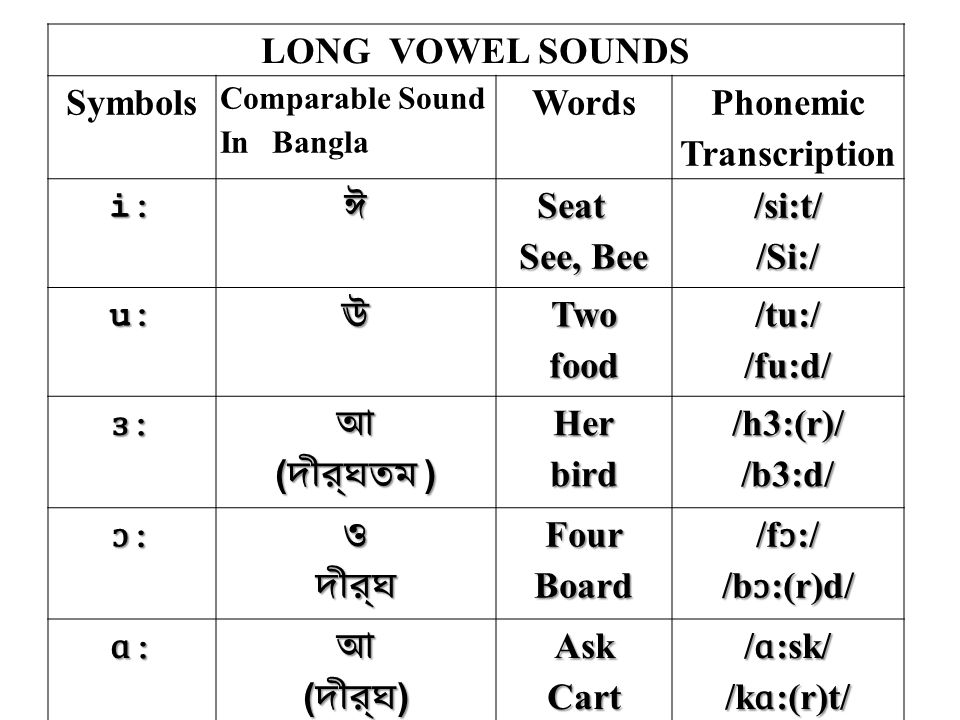 Vowels in an unstressed syllable are not pronounced clearly and resemble the unstressed vowel in Russian words cloud, sieve, dinner, father. This unstressed obscure sound is represented in the international phonetic transcription by the sign [ə].
Vowels in an unstressed syllable are not pronounced clearly and resemble the unstressed vowel in Russian words cloud, sieve, dinner, father. This unstressed obscure sound is represented in the international phonetic transcription by the sign [ə].
The accent mark [ ' ] is placed before the stressed syllable.
| Letter | Read | Examples | Notes |
| A,a E,e I,i Oh, oh U,u | [ei] [ə] [i:] [ə] [ai] [ou] [ə] [ju:] | 'Ada ' paper 'meter 'driver 'final 'total 'open 'motor 'sdudent | r at the end of a word, taken separately, is not readable. If the letter l or letter n follows the vowel in a post-stressed syllable, then such unstressed vowels are not pronounced at all |
Combination wr
The letter w before r at the beginning of the word is not readable.